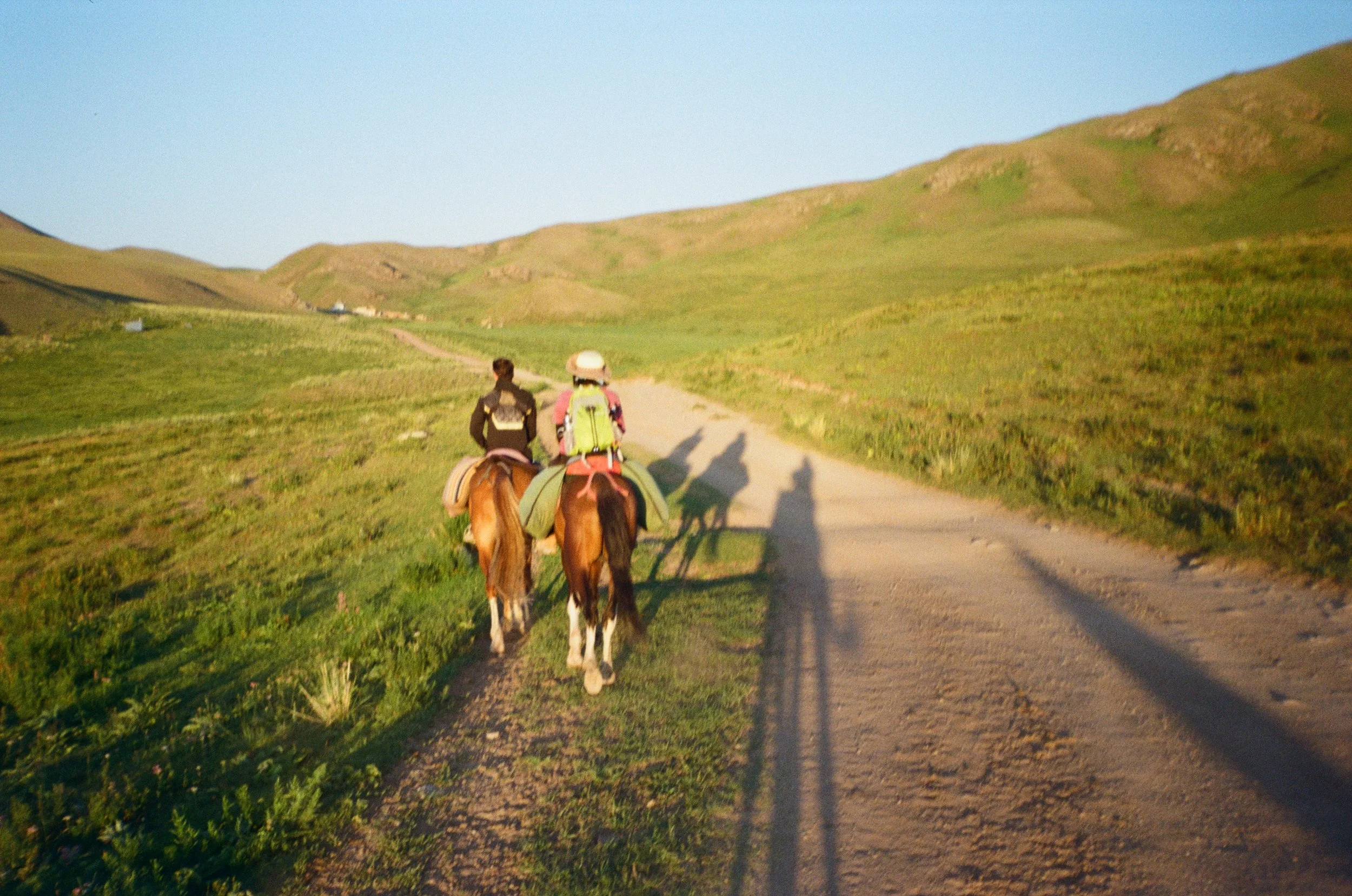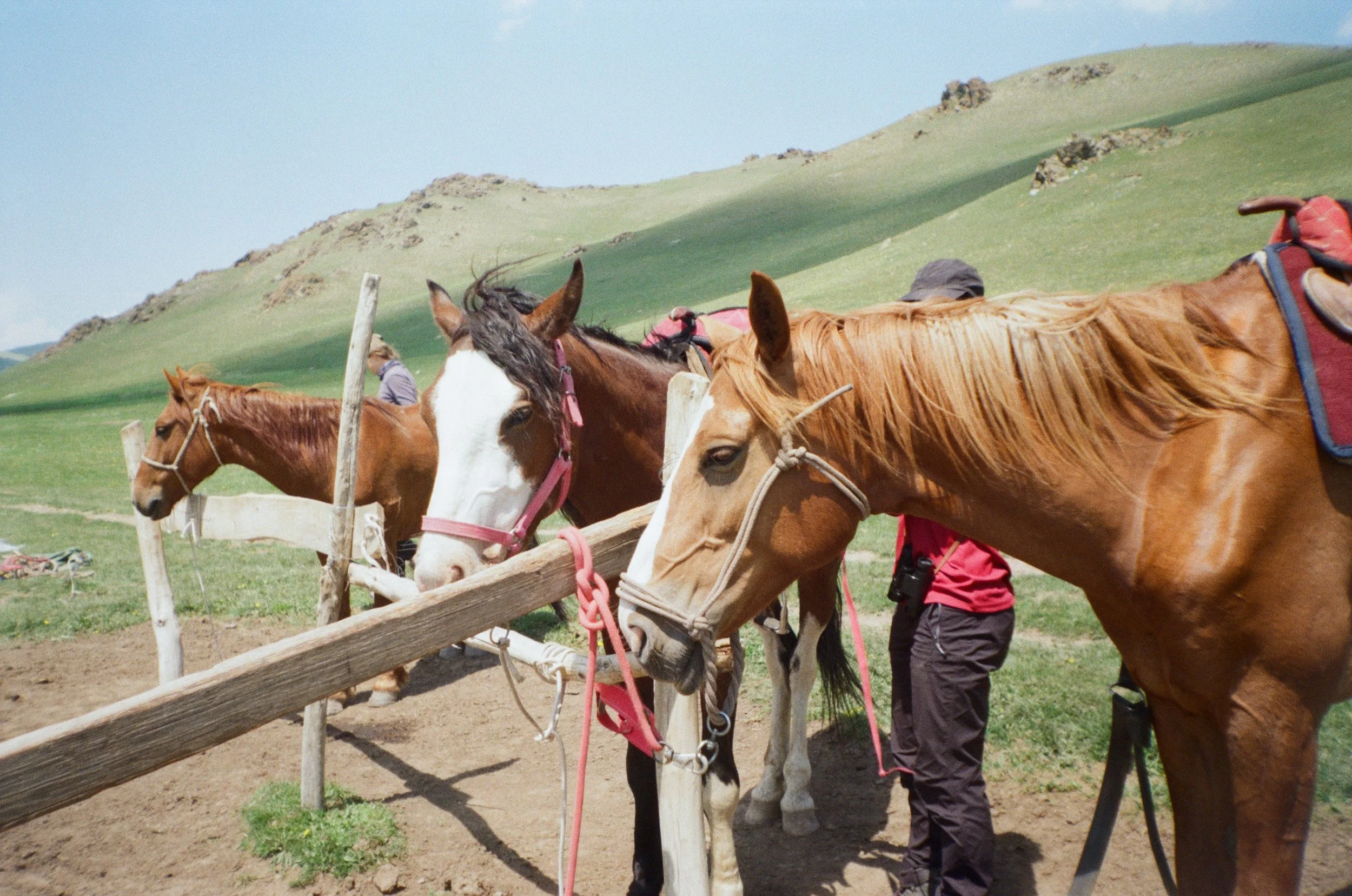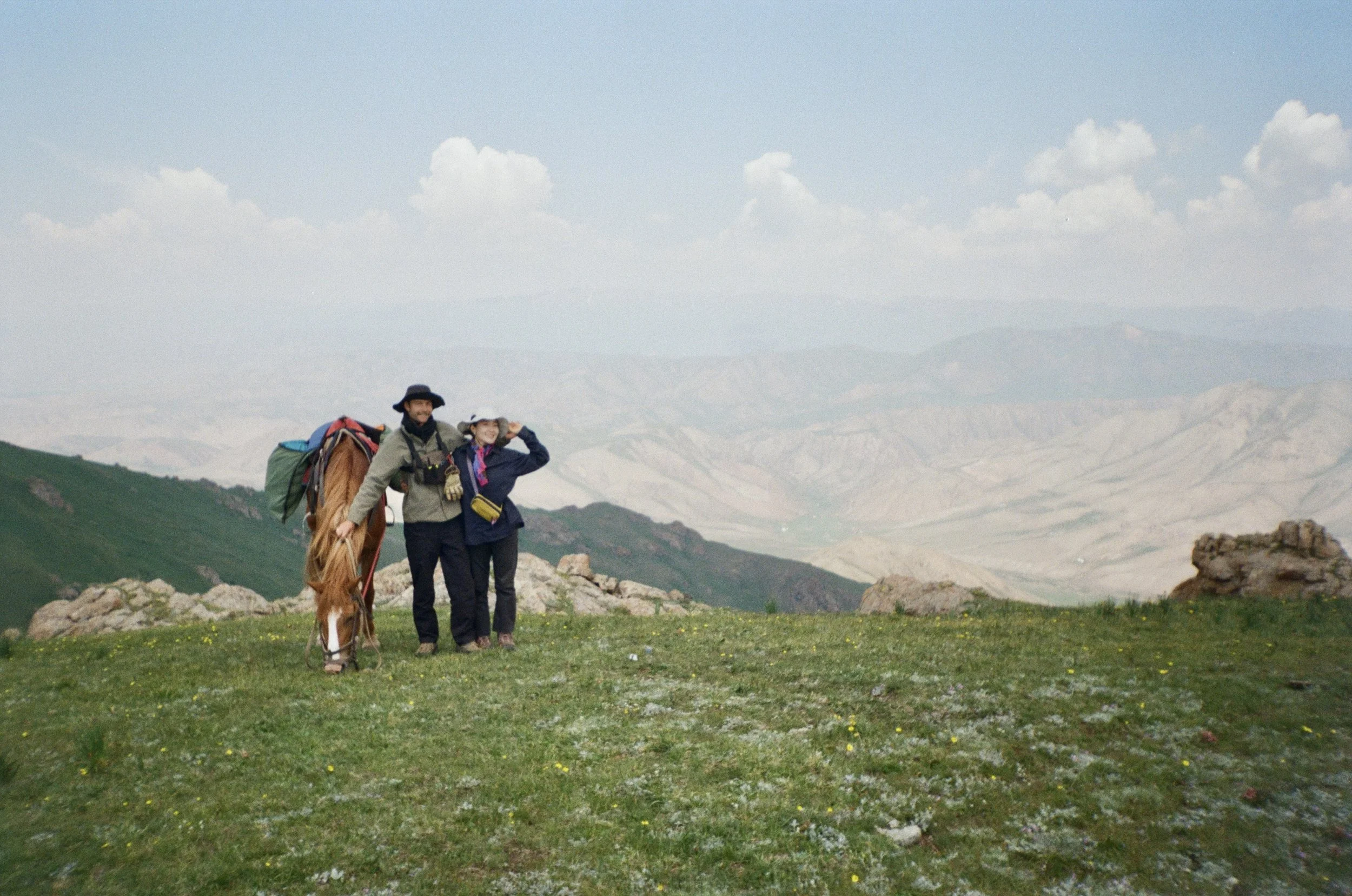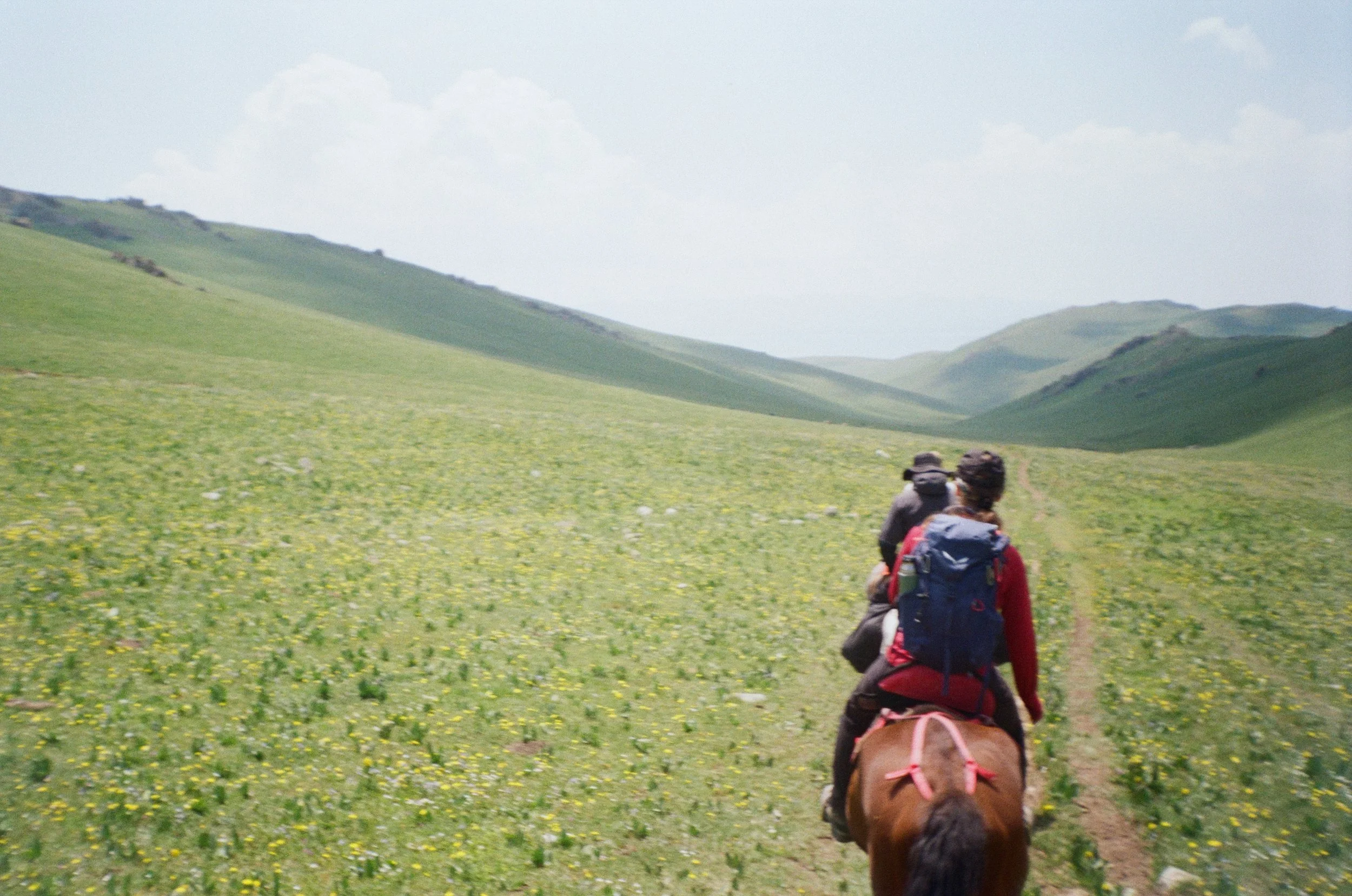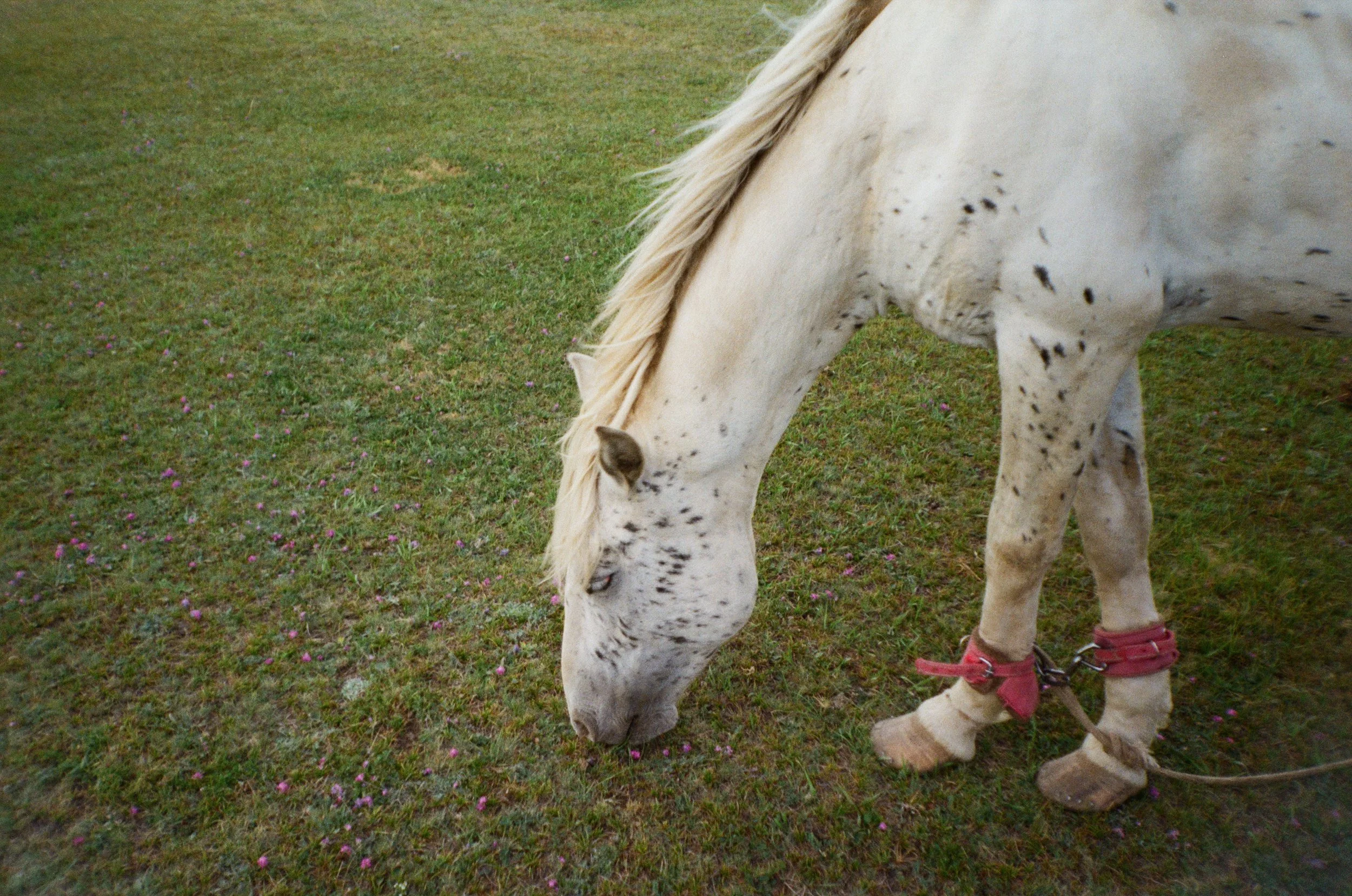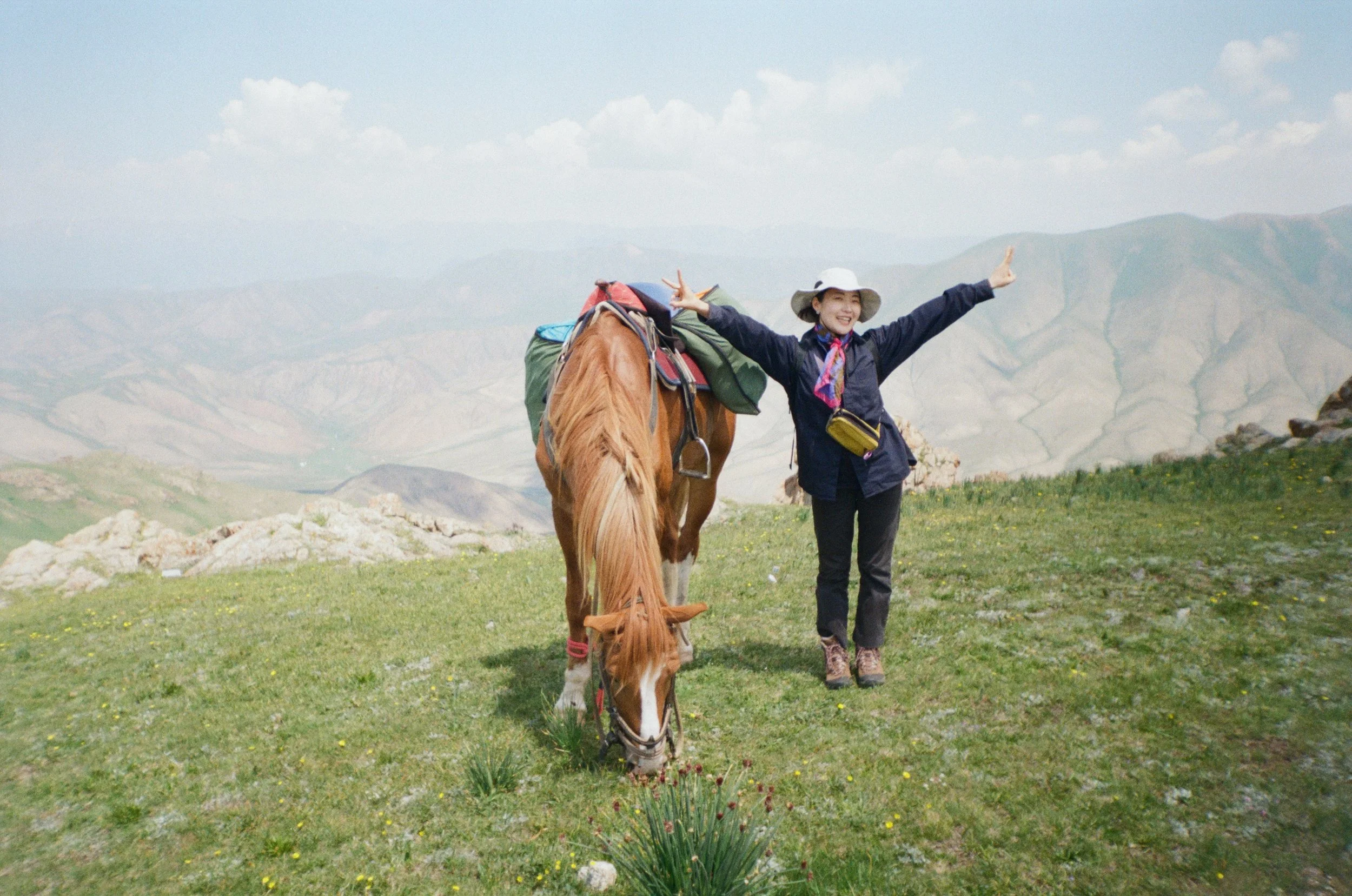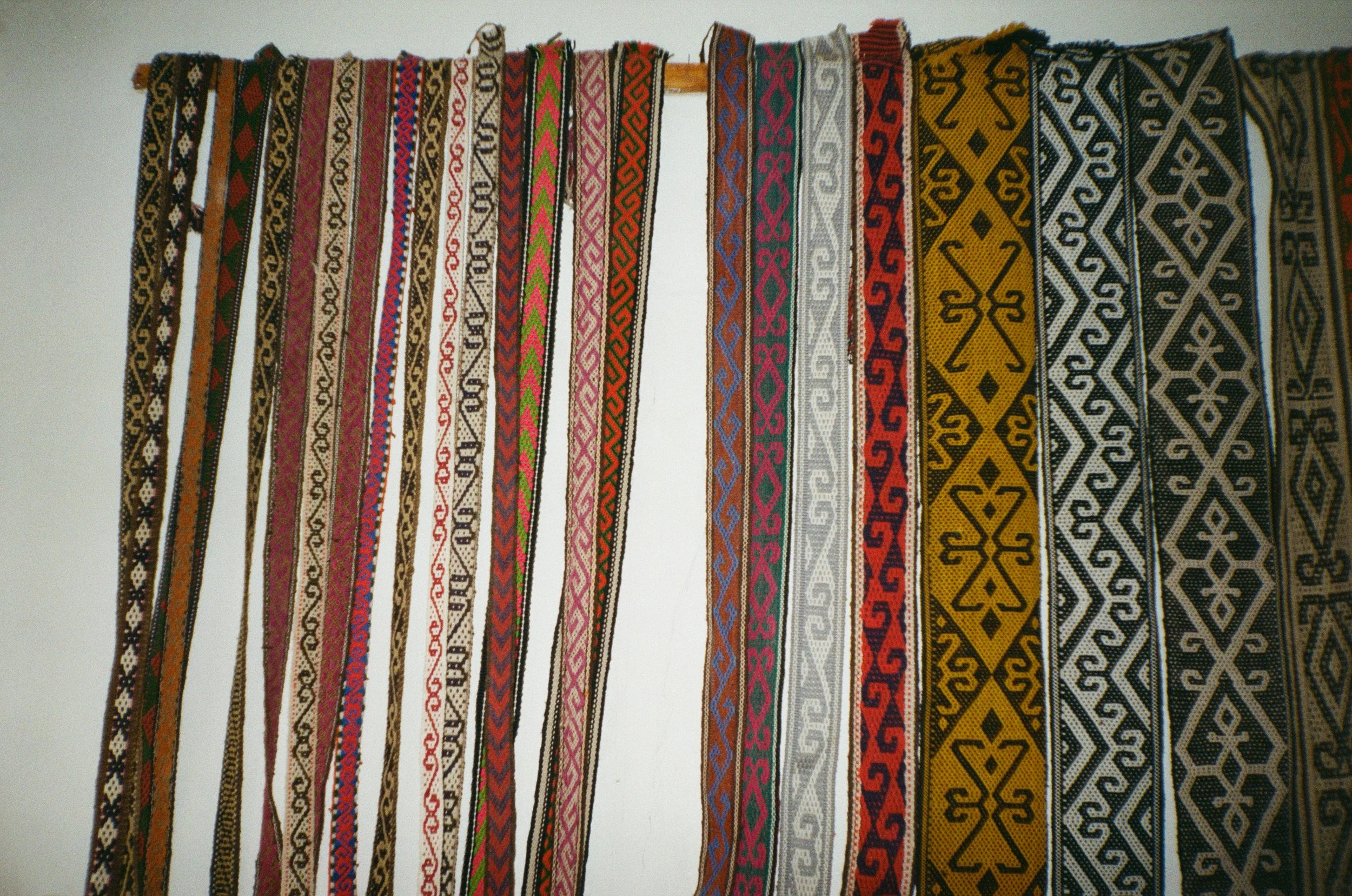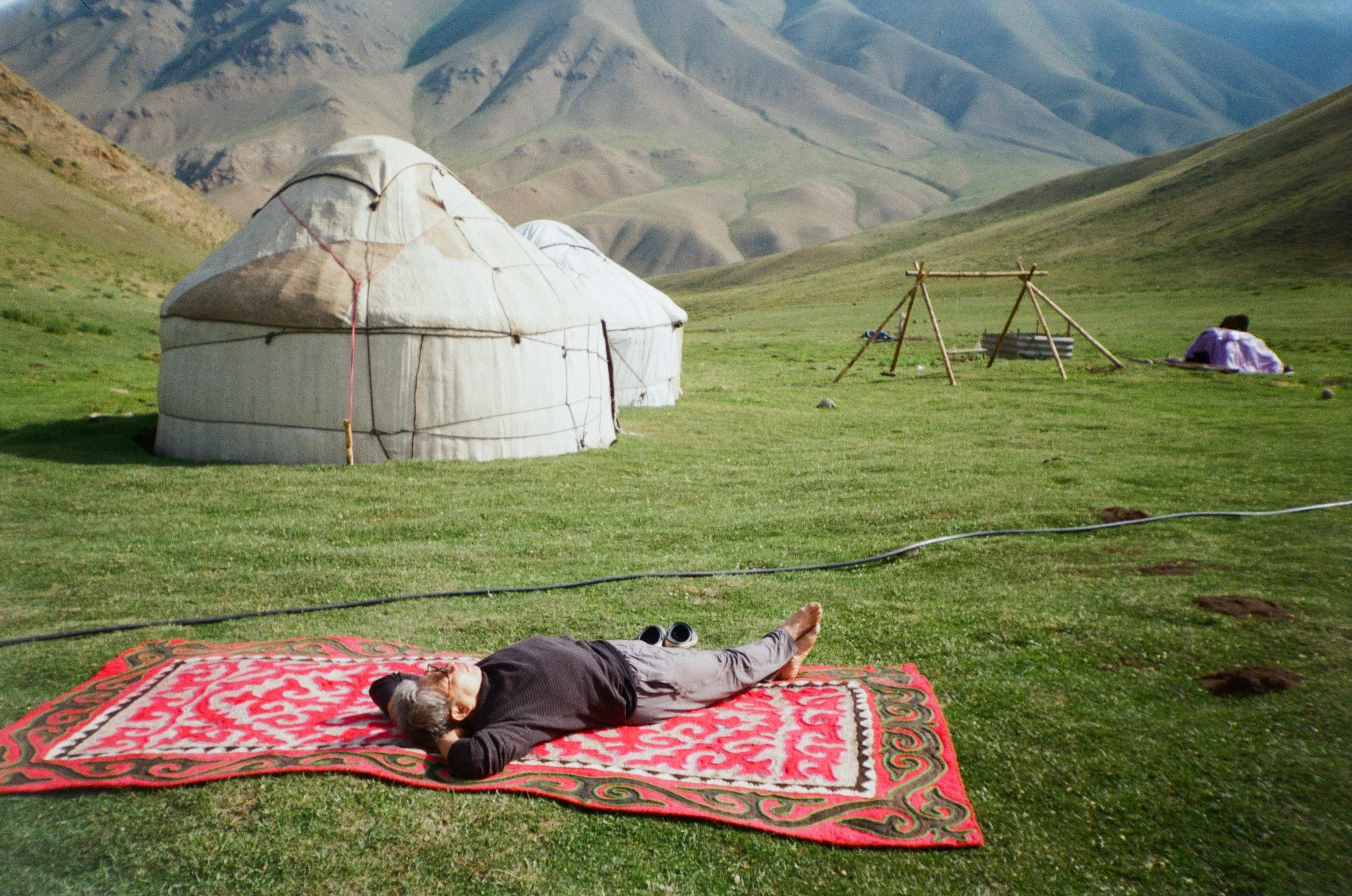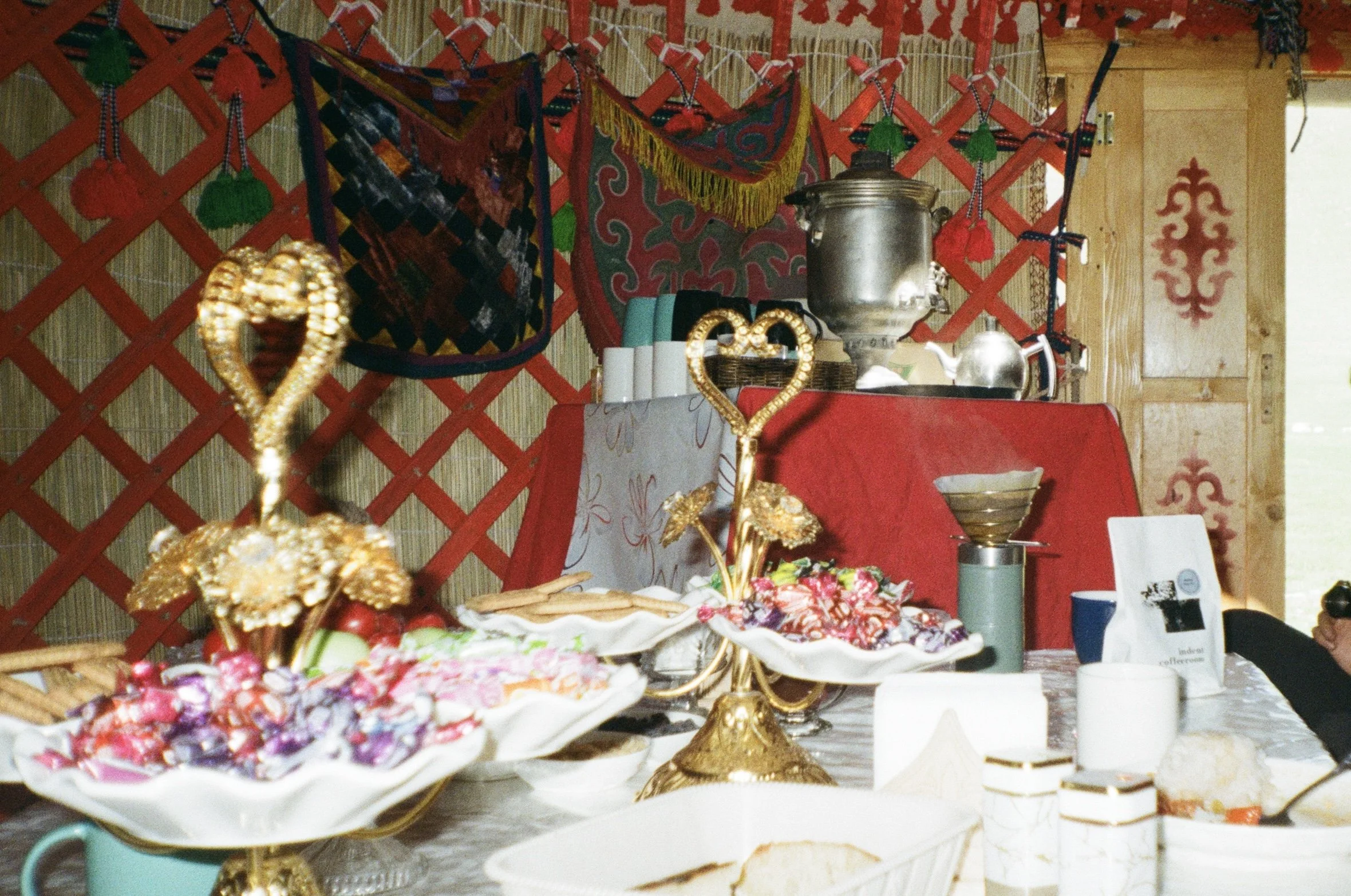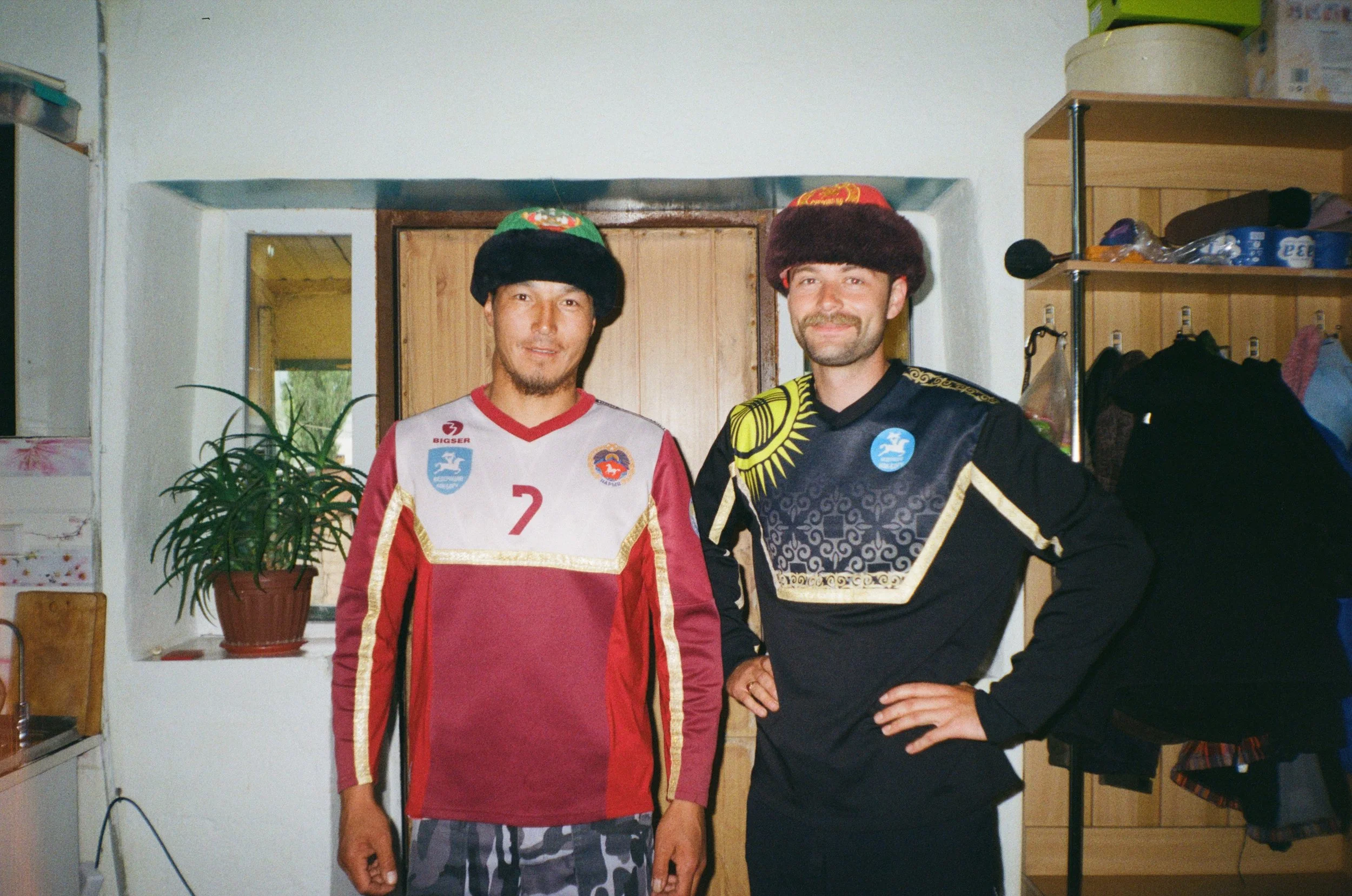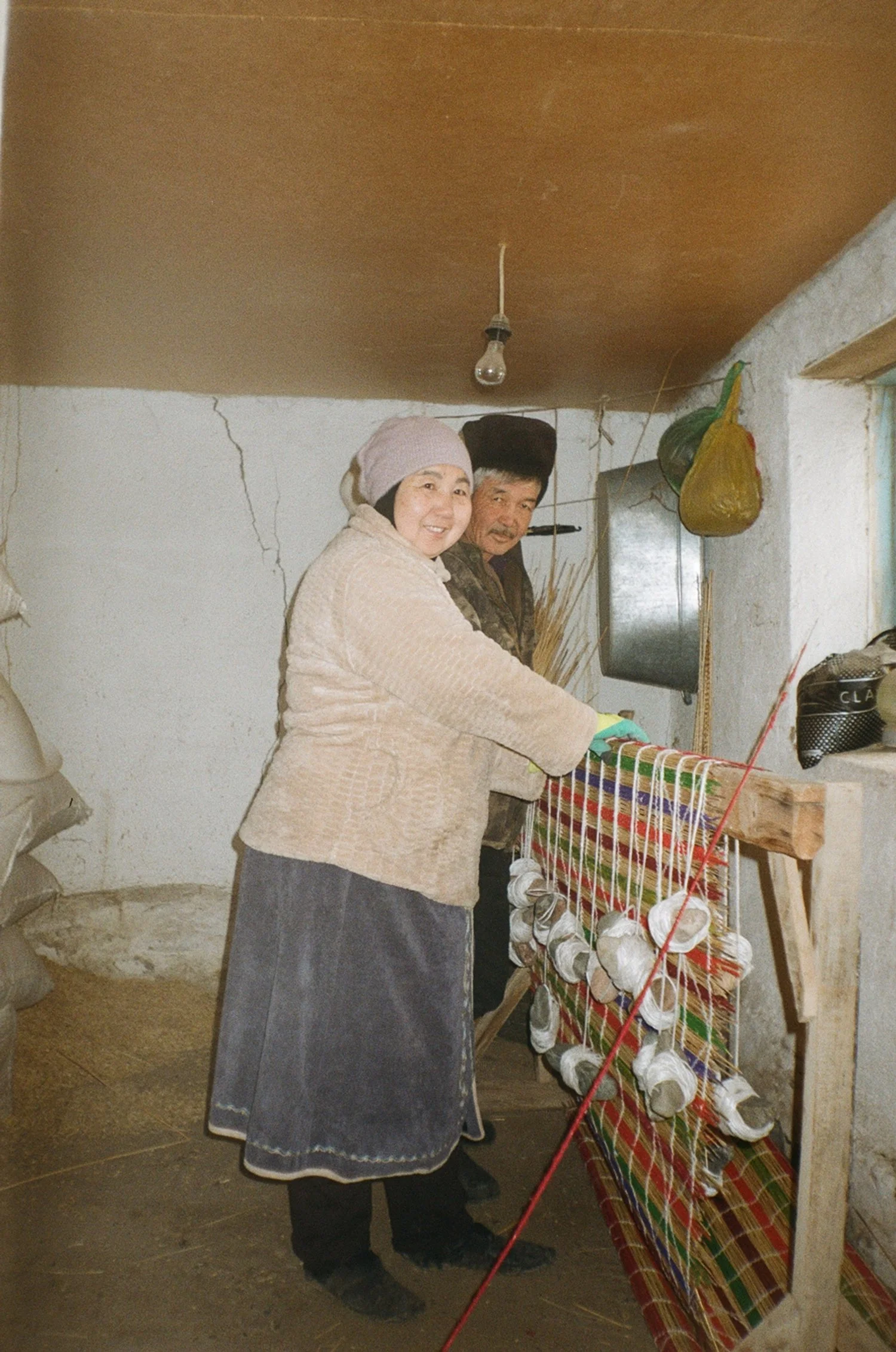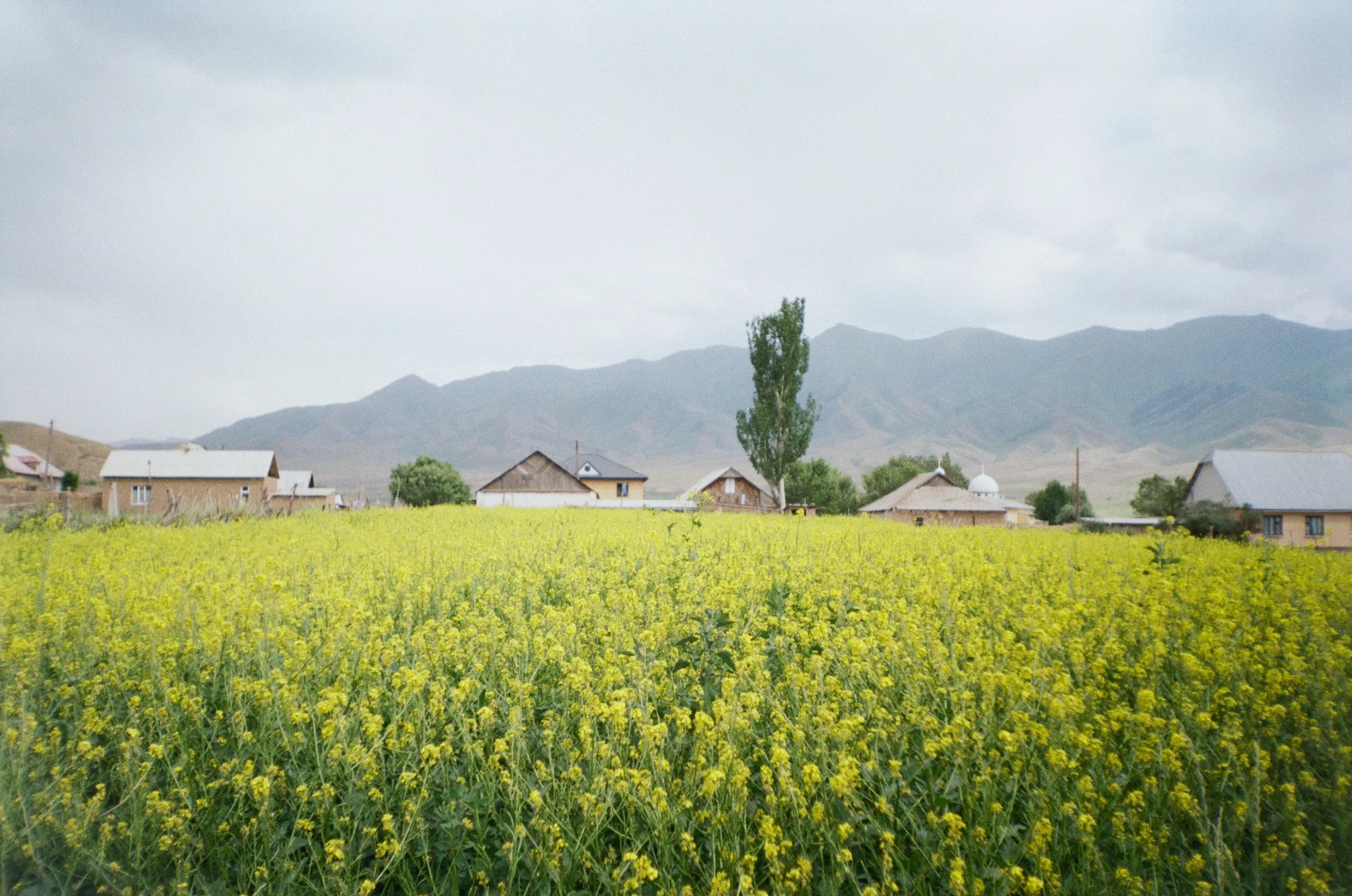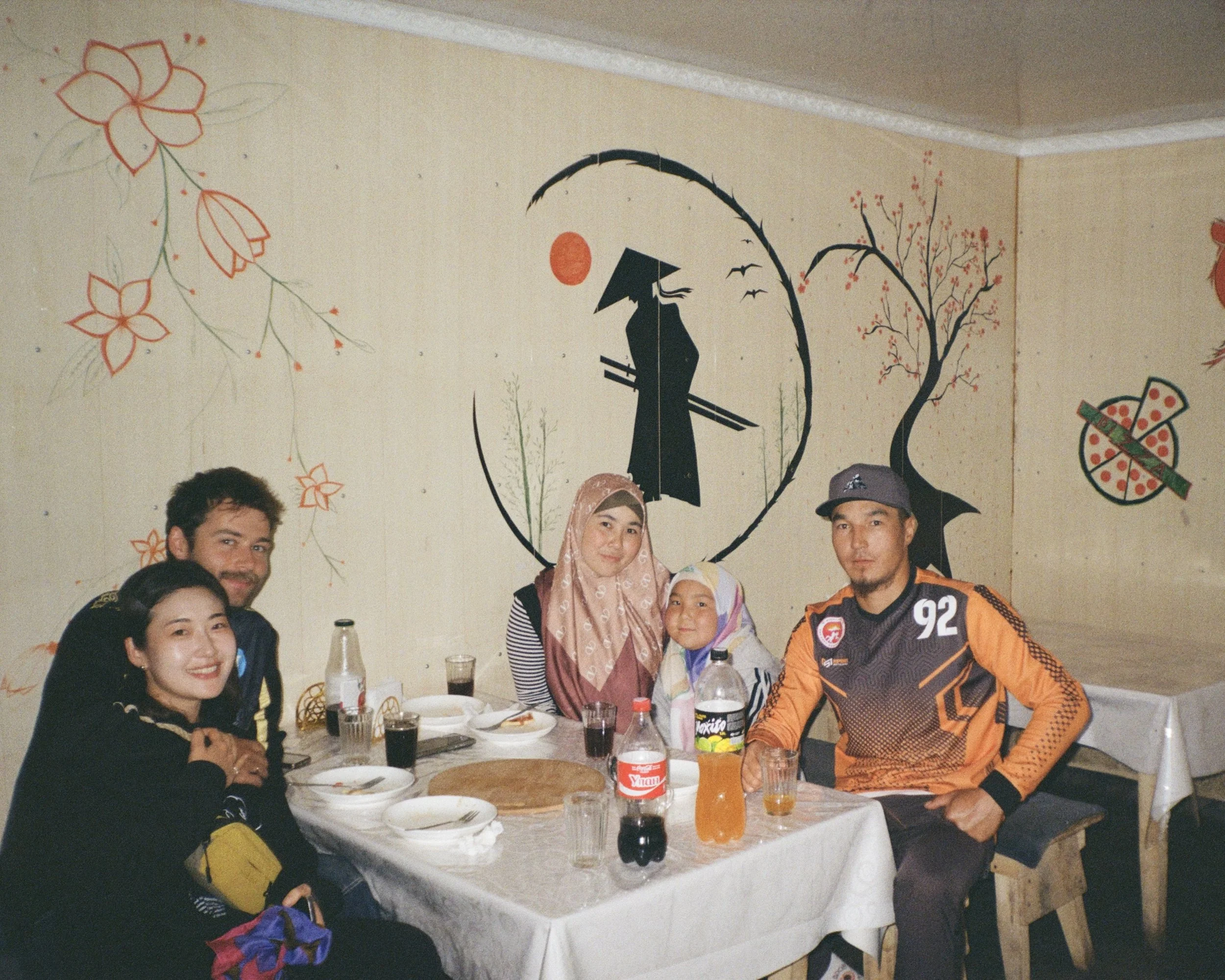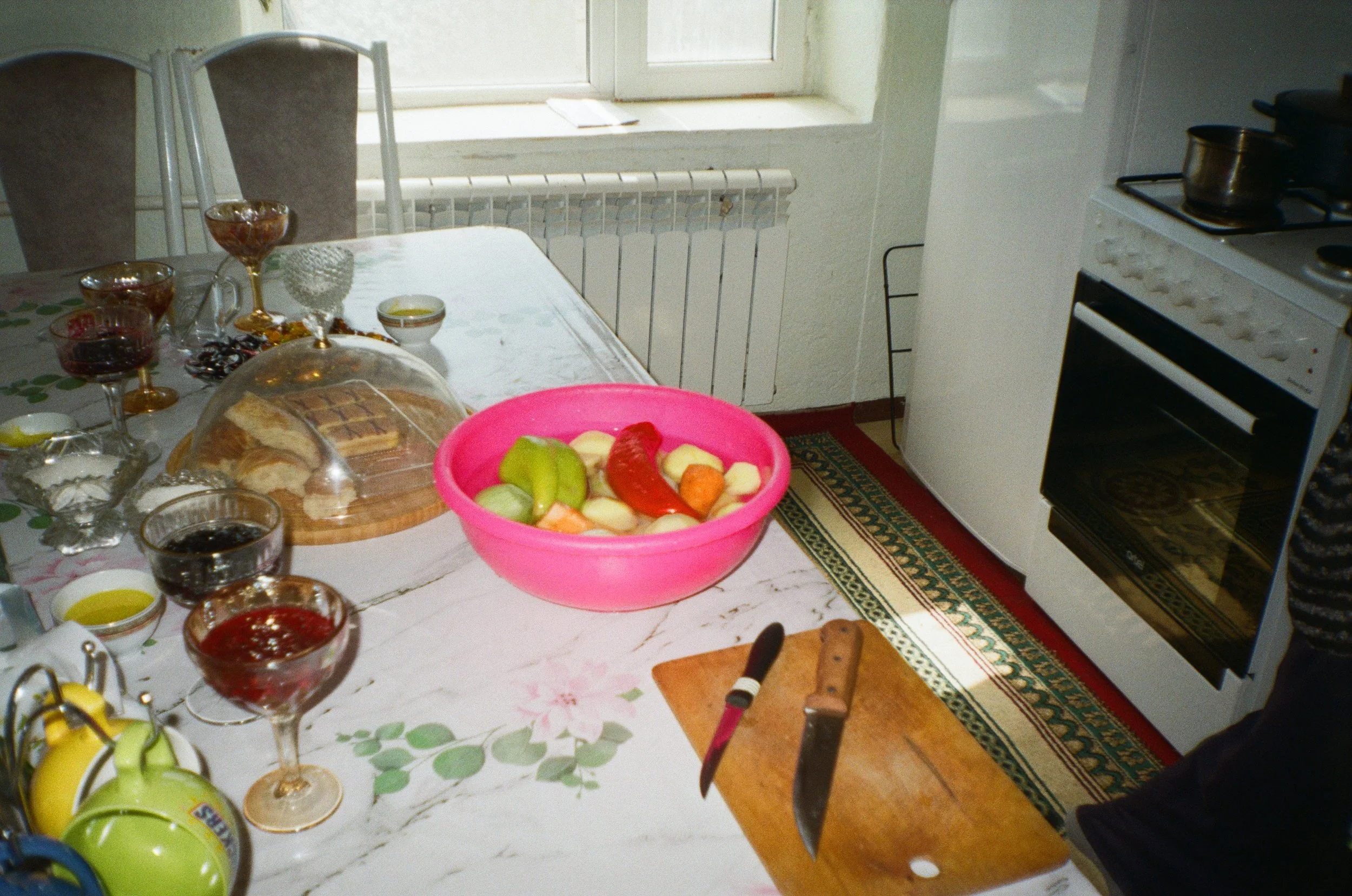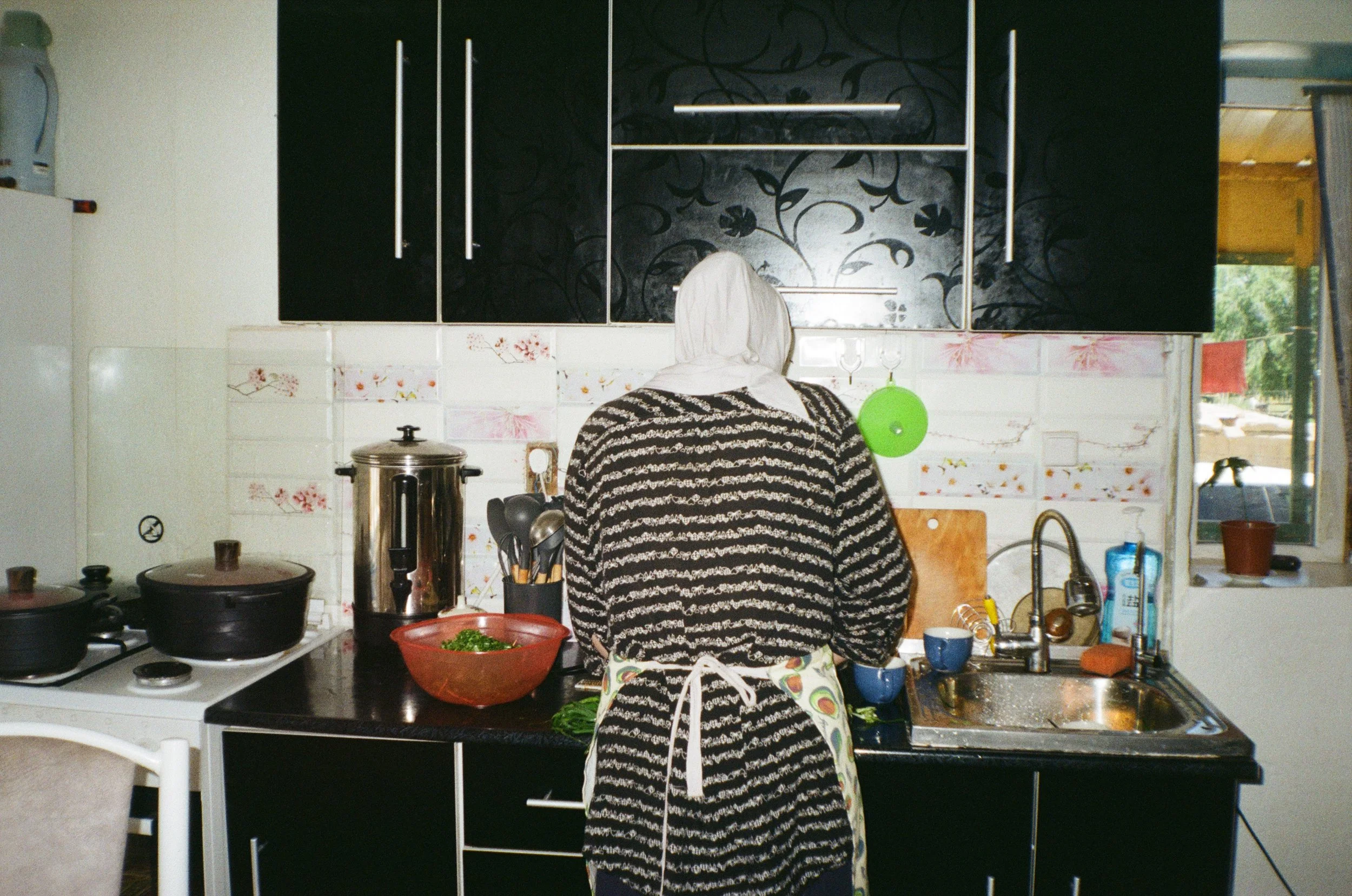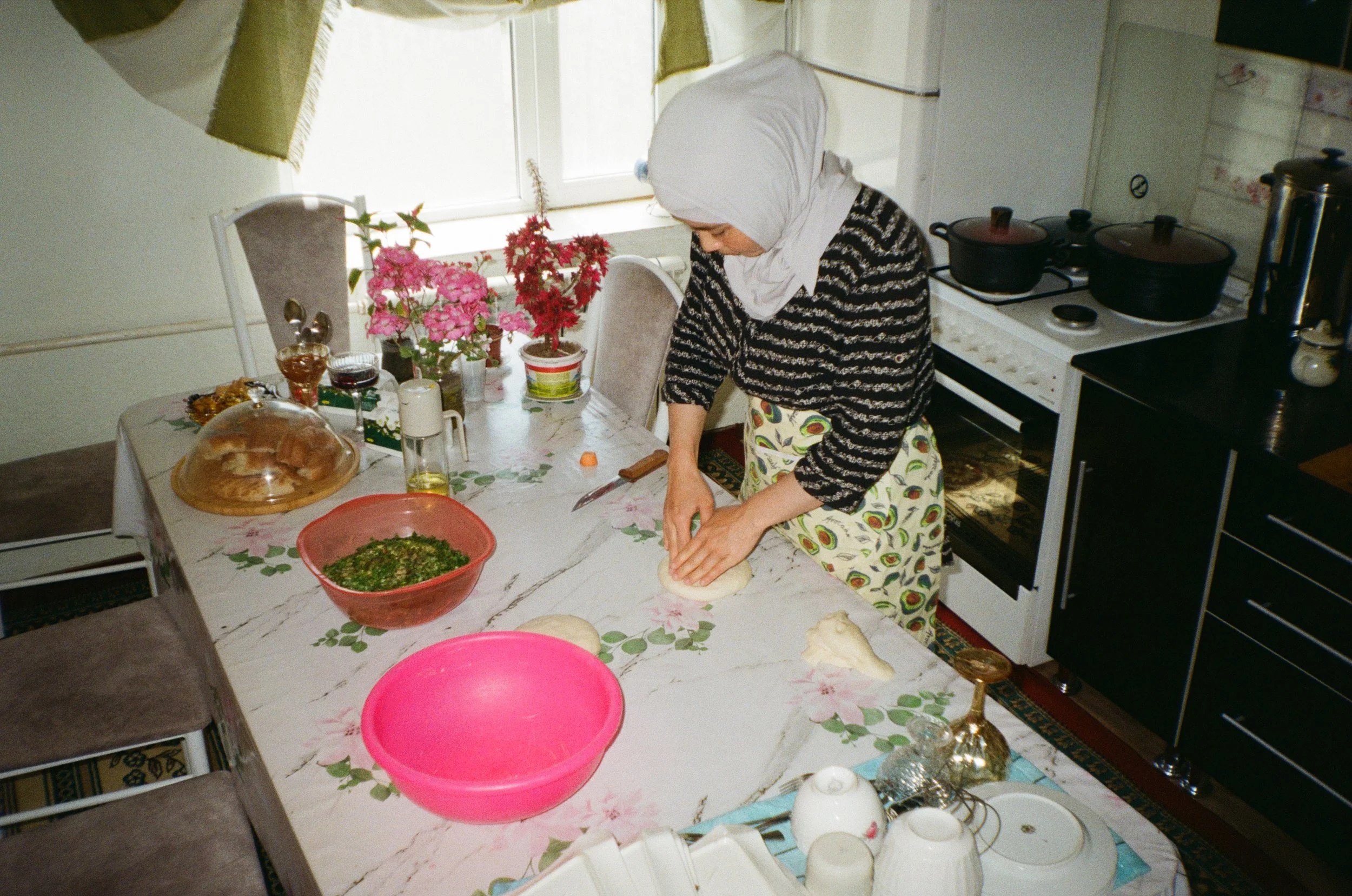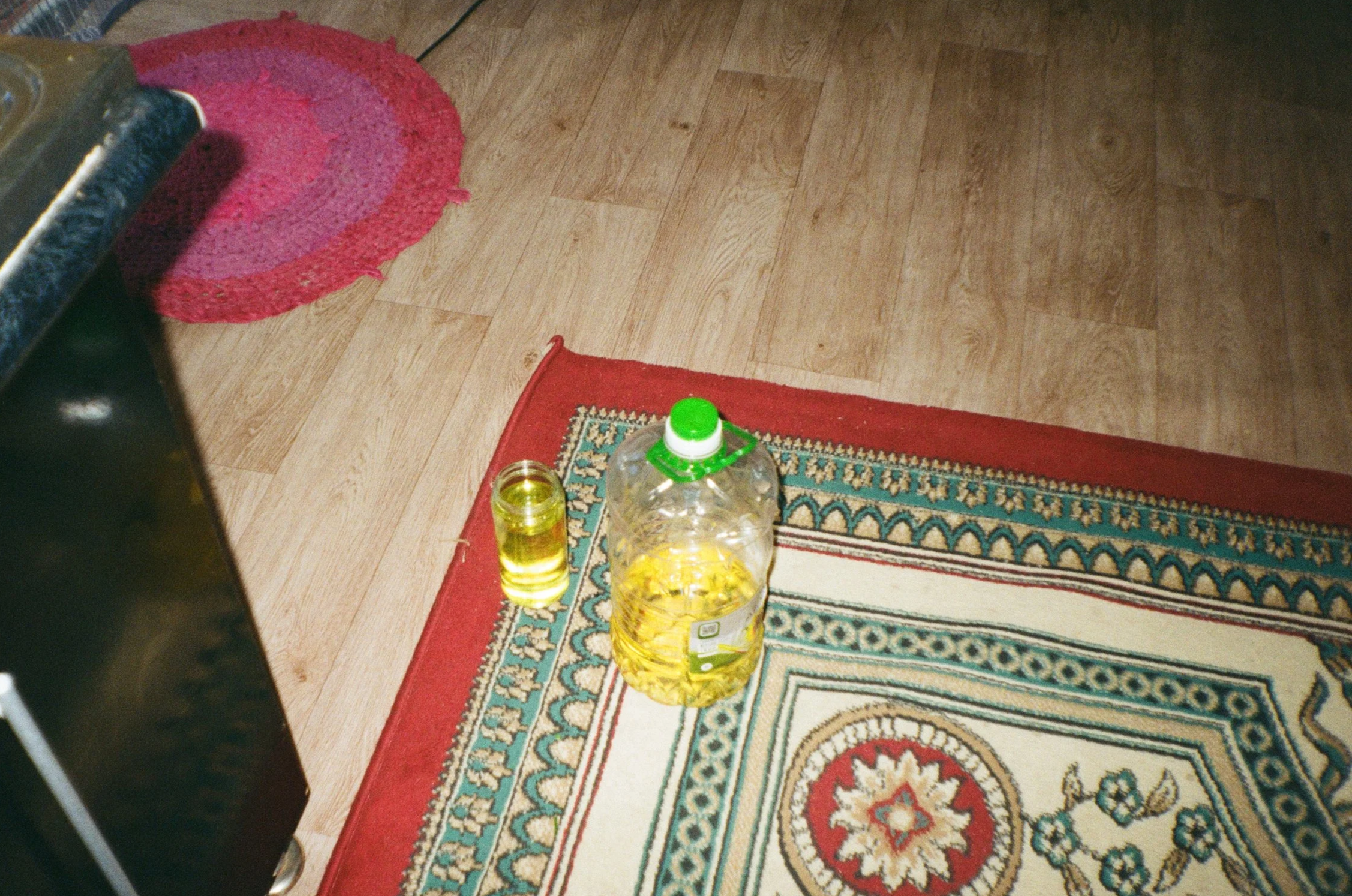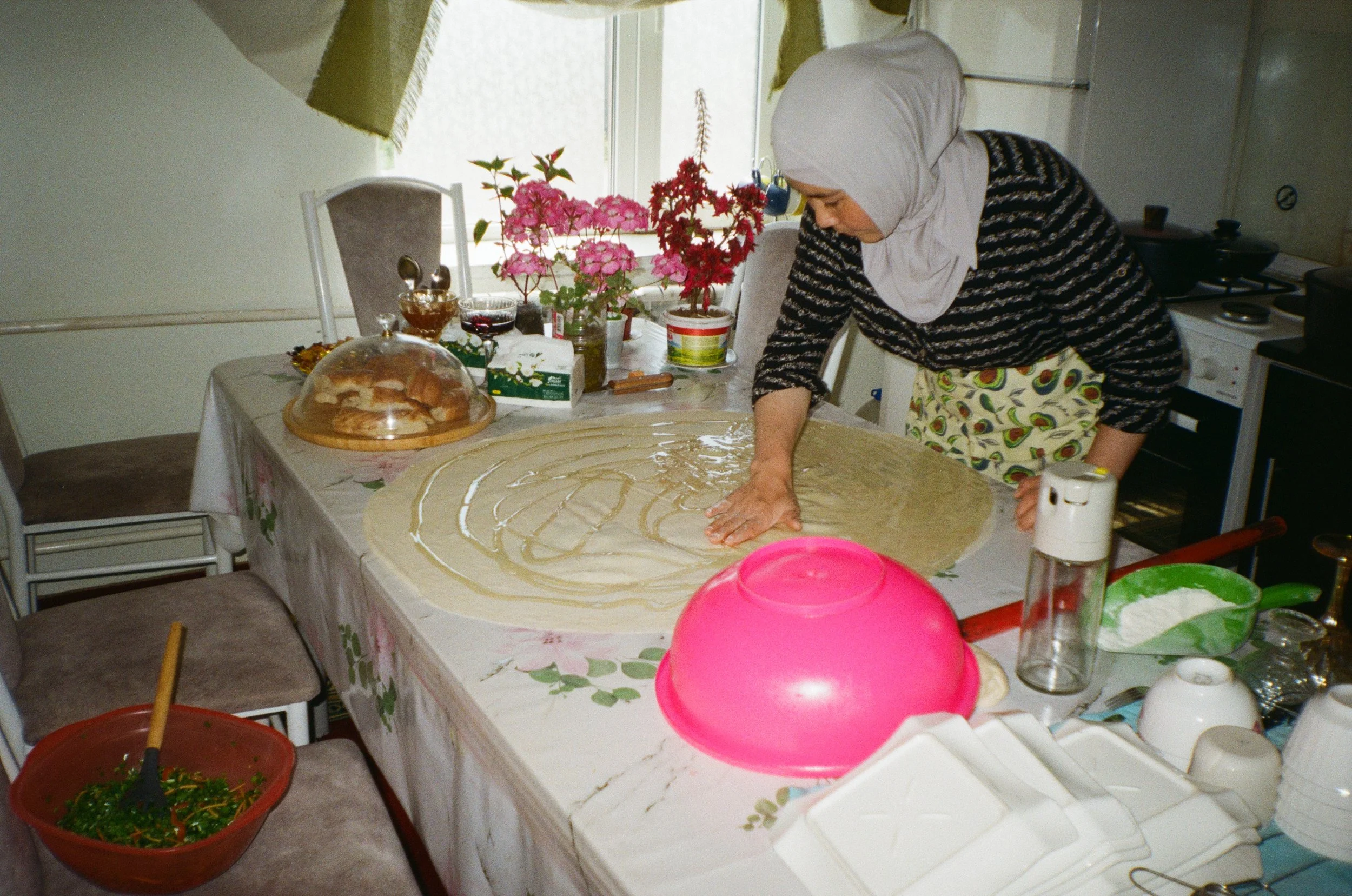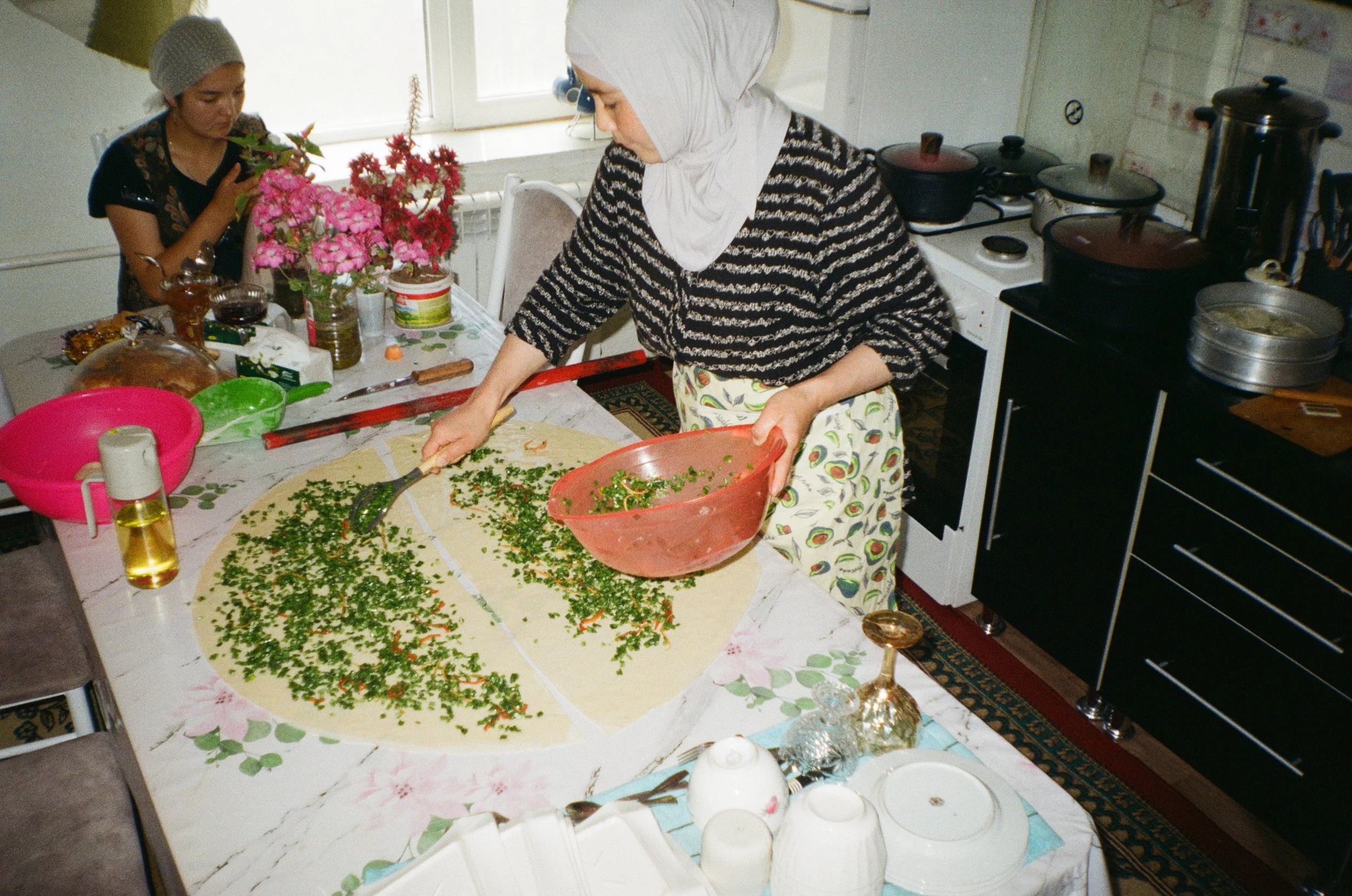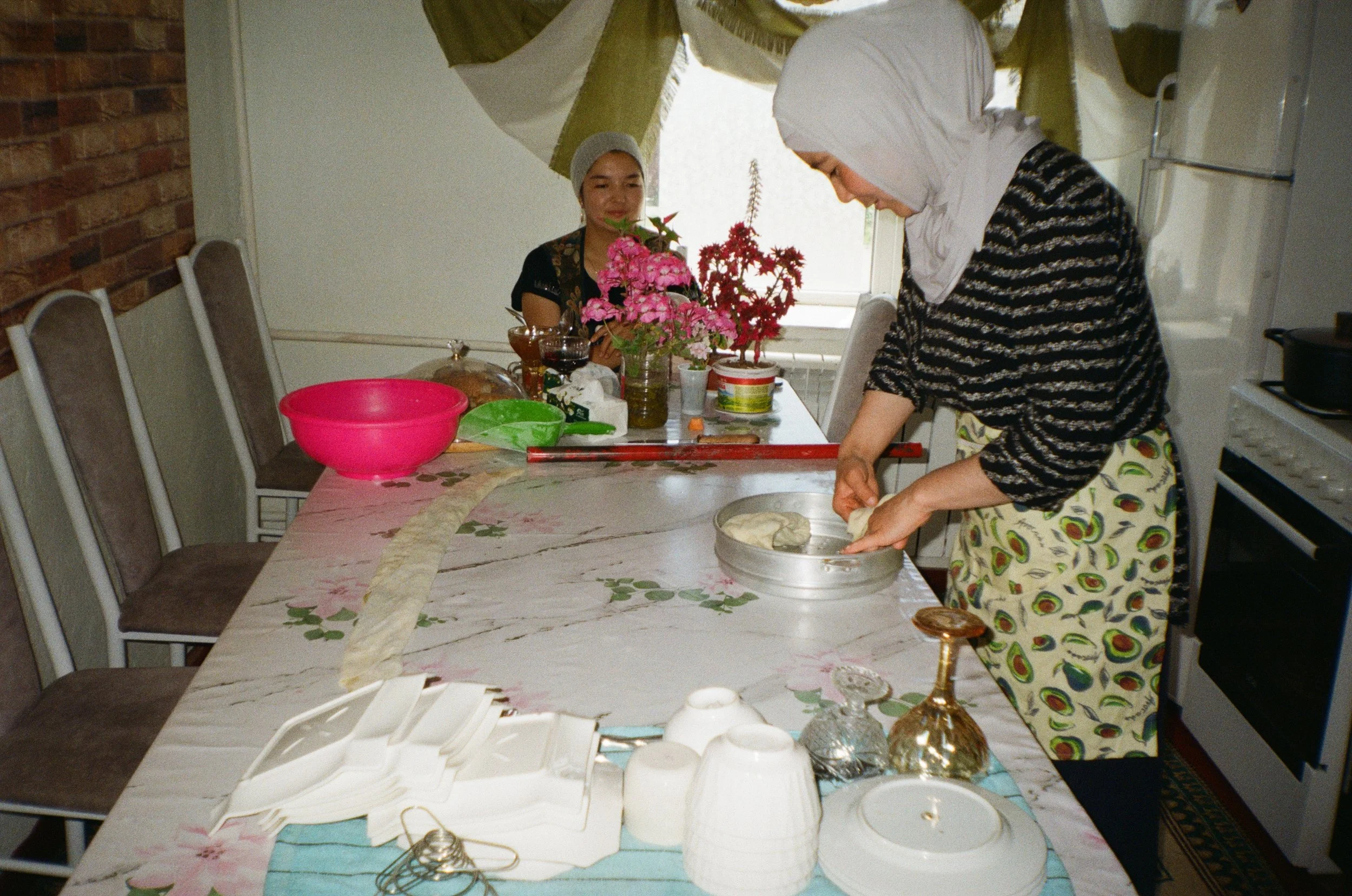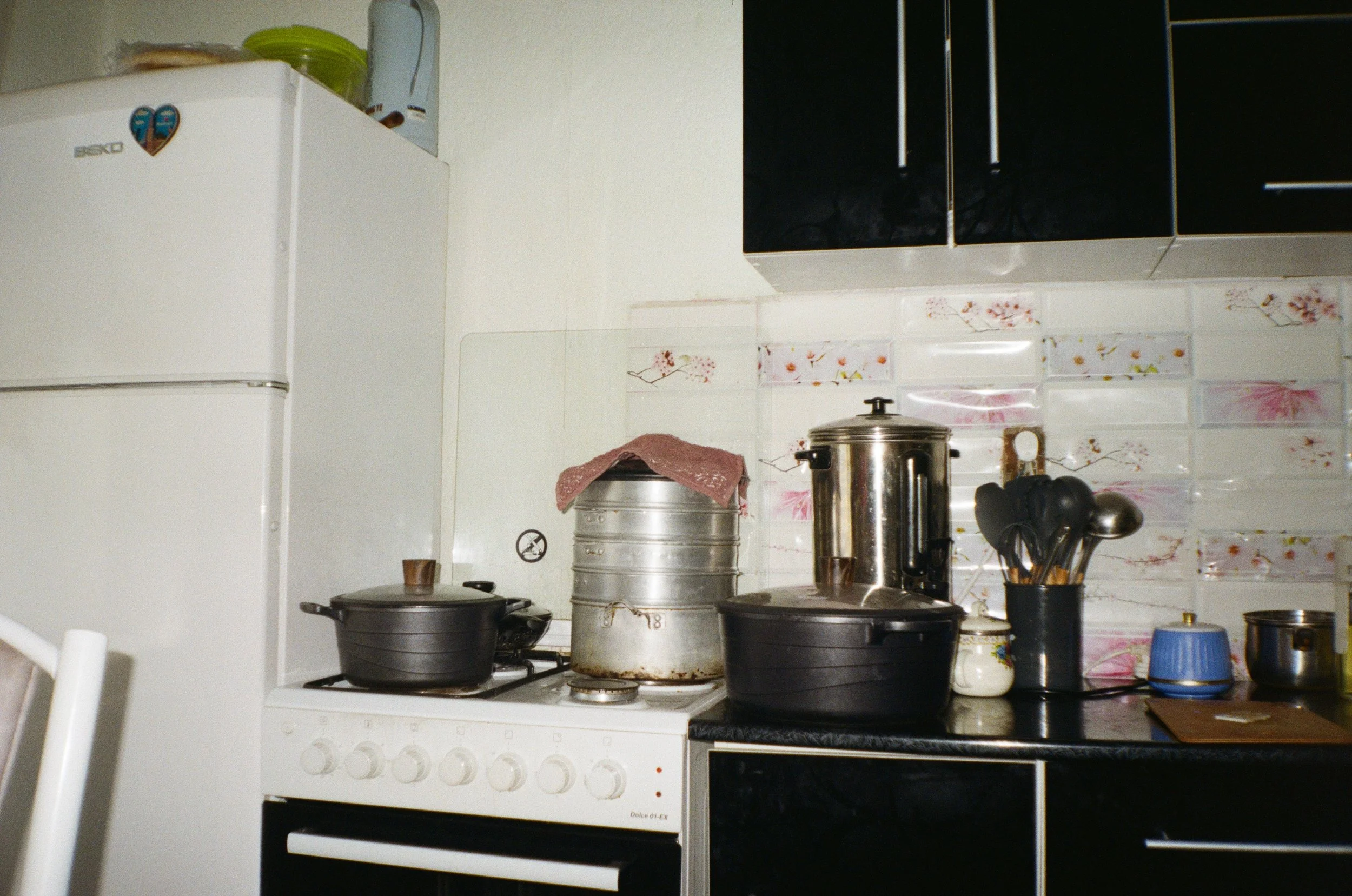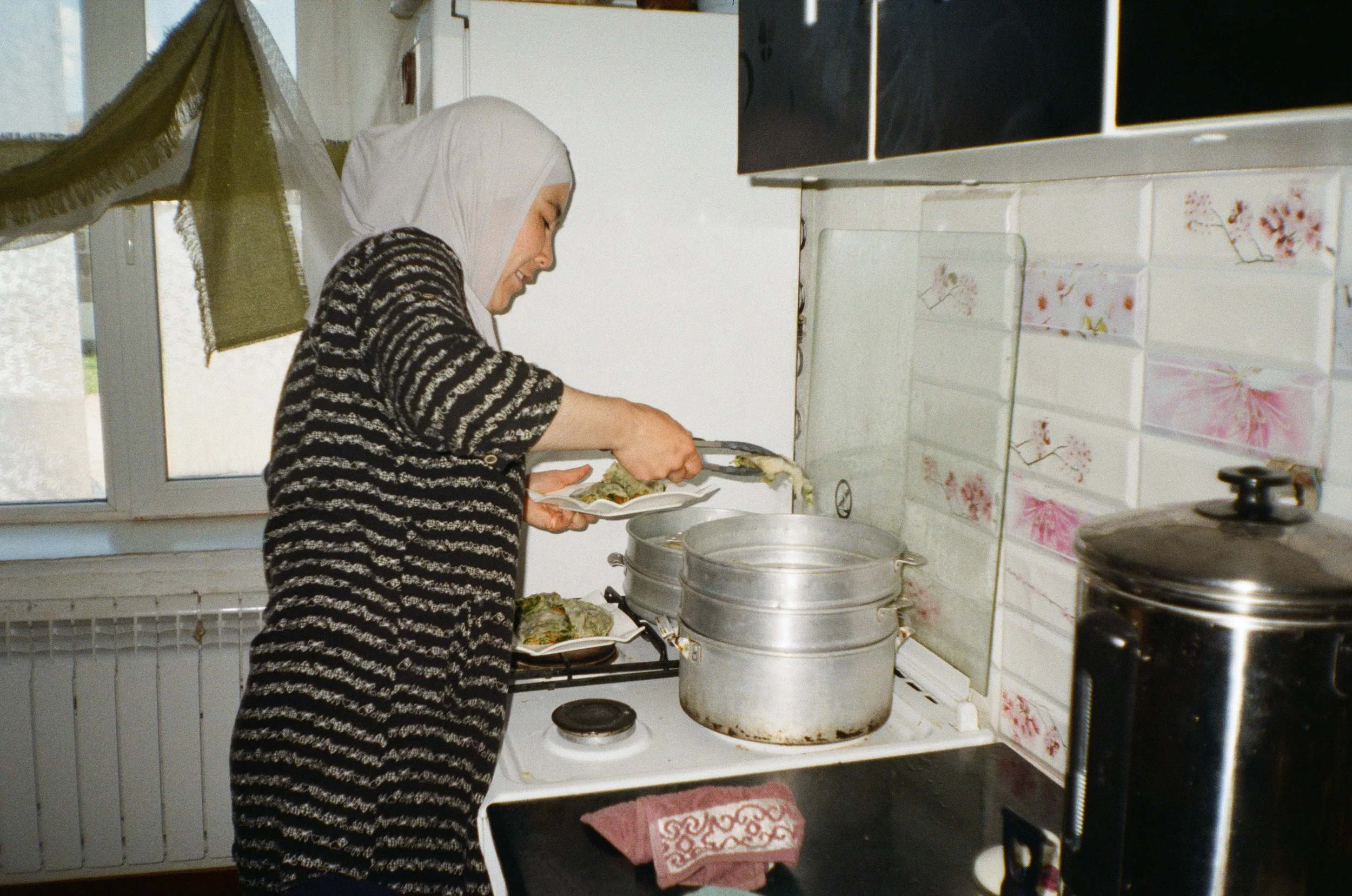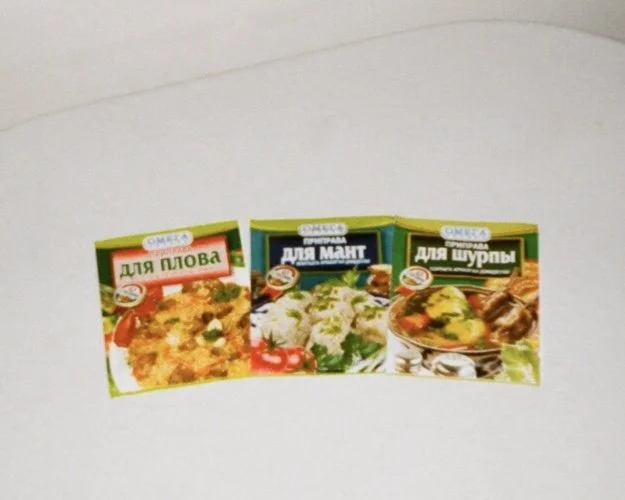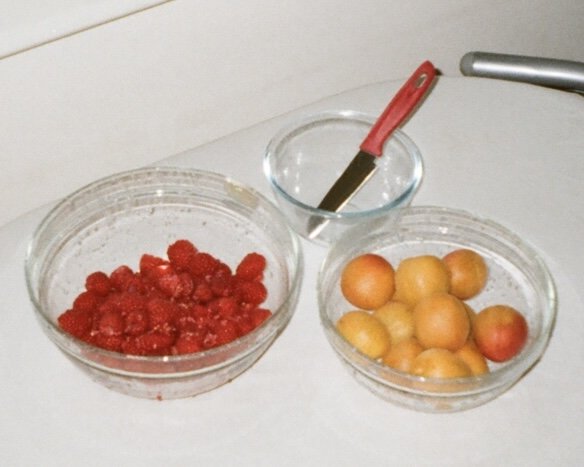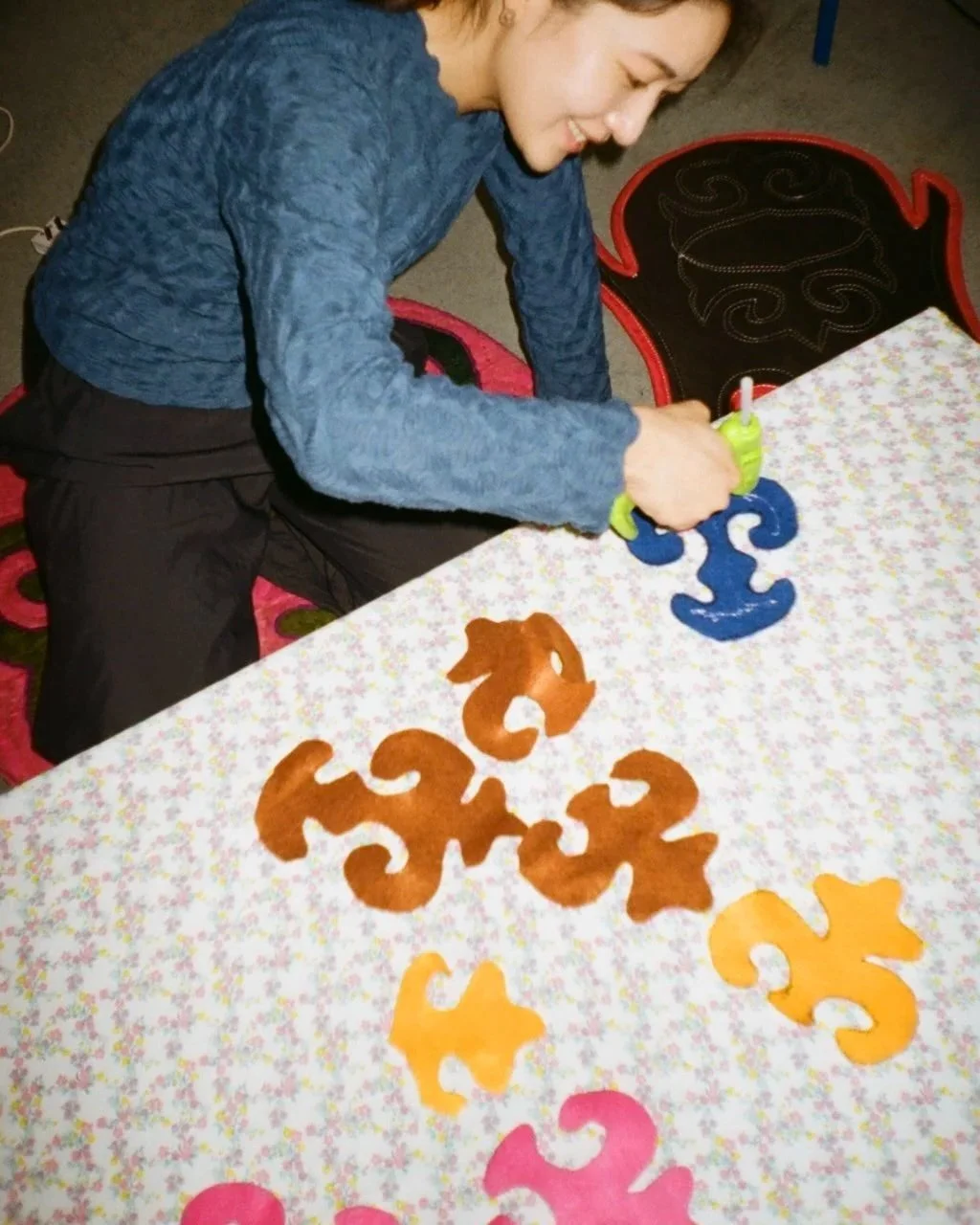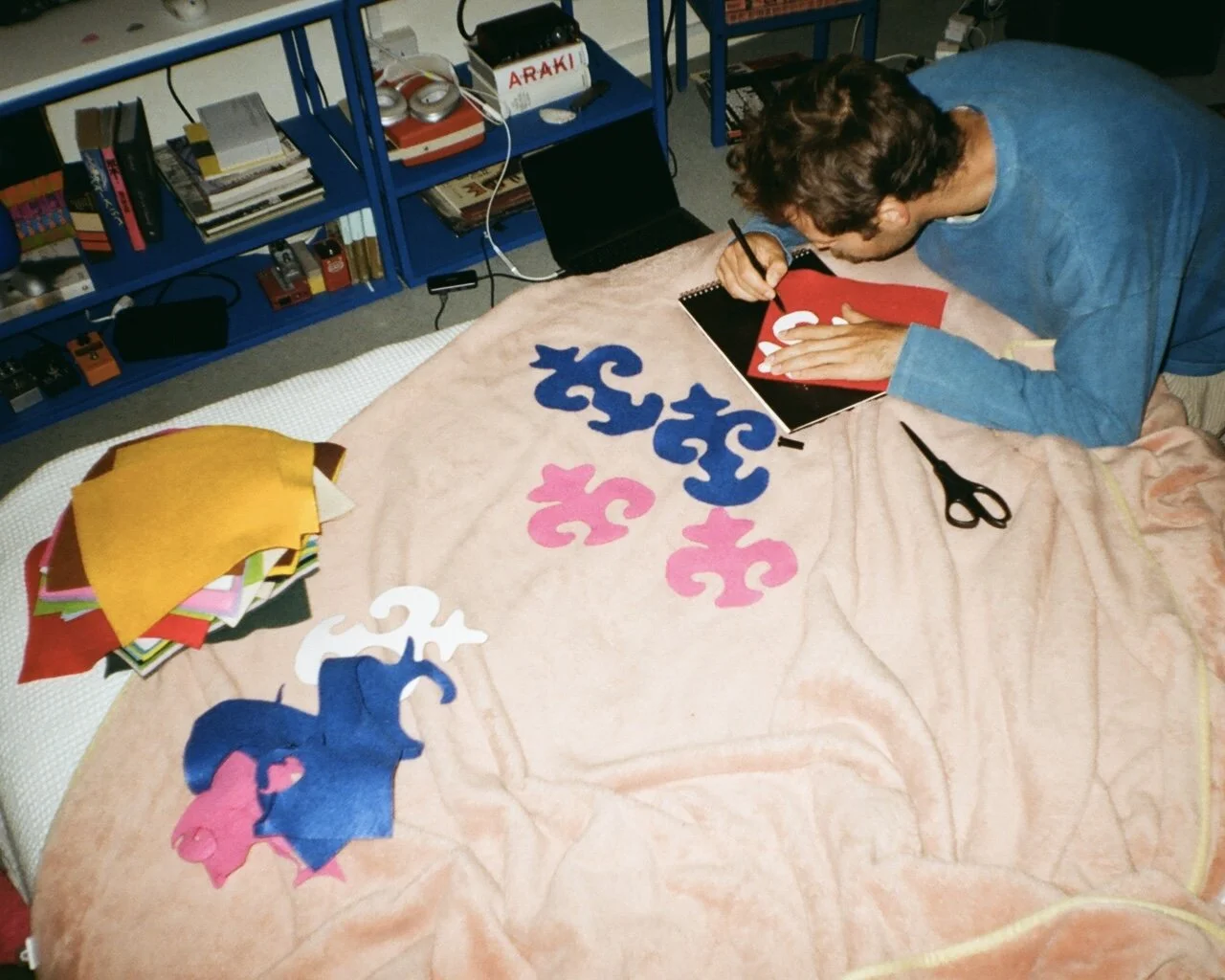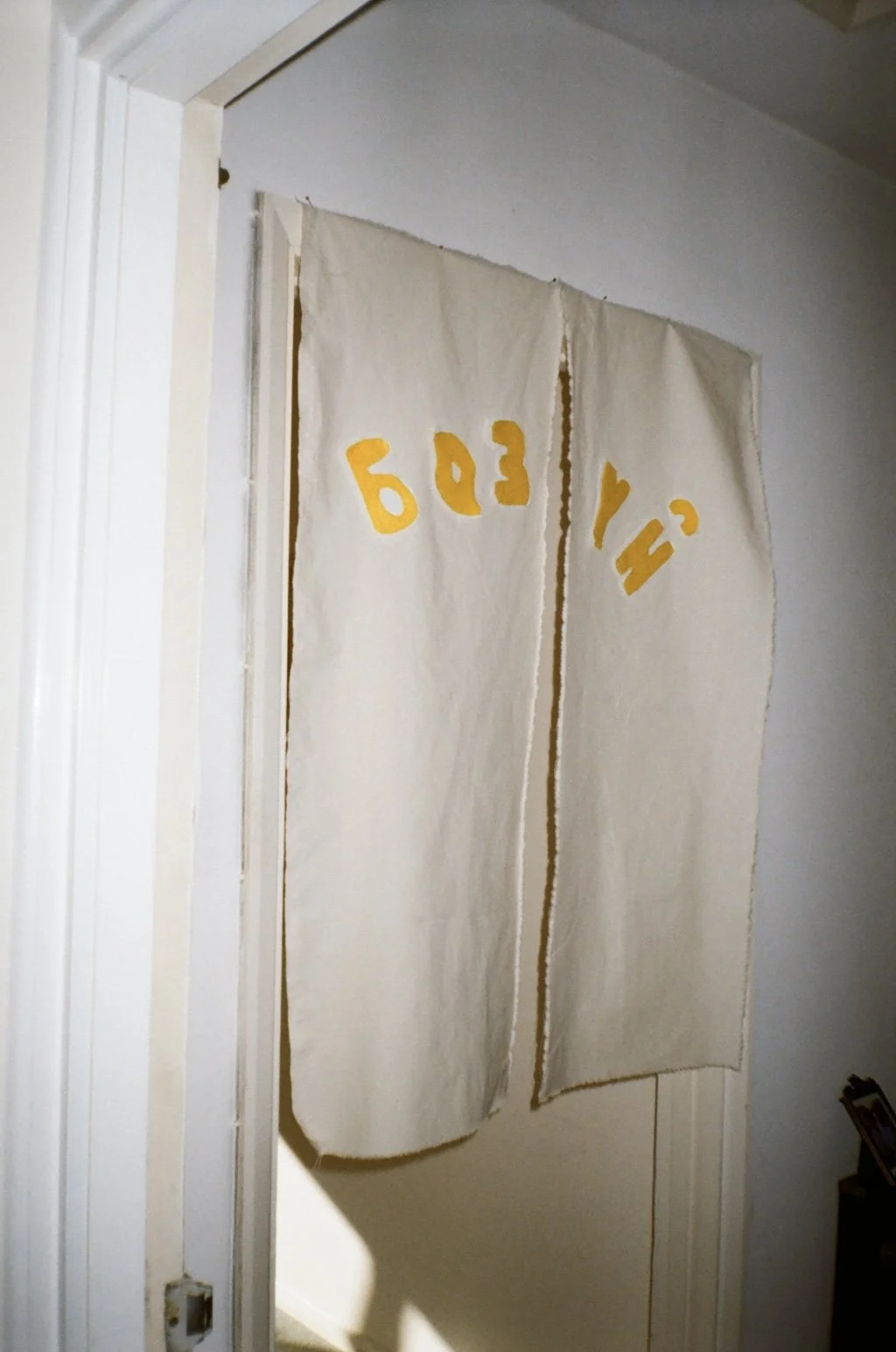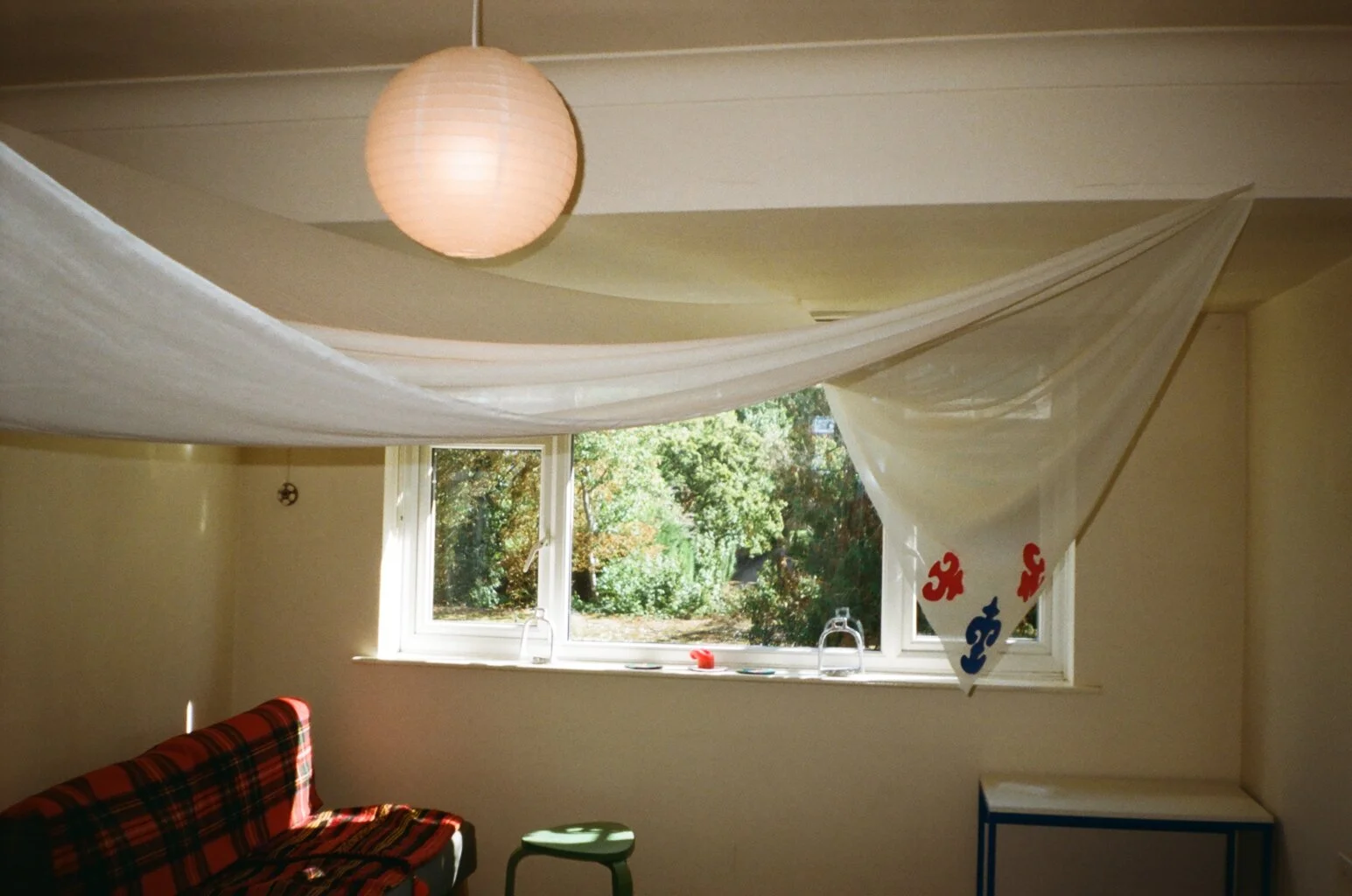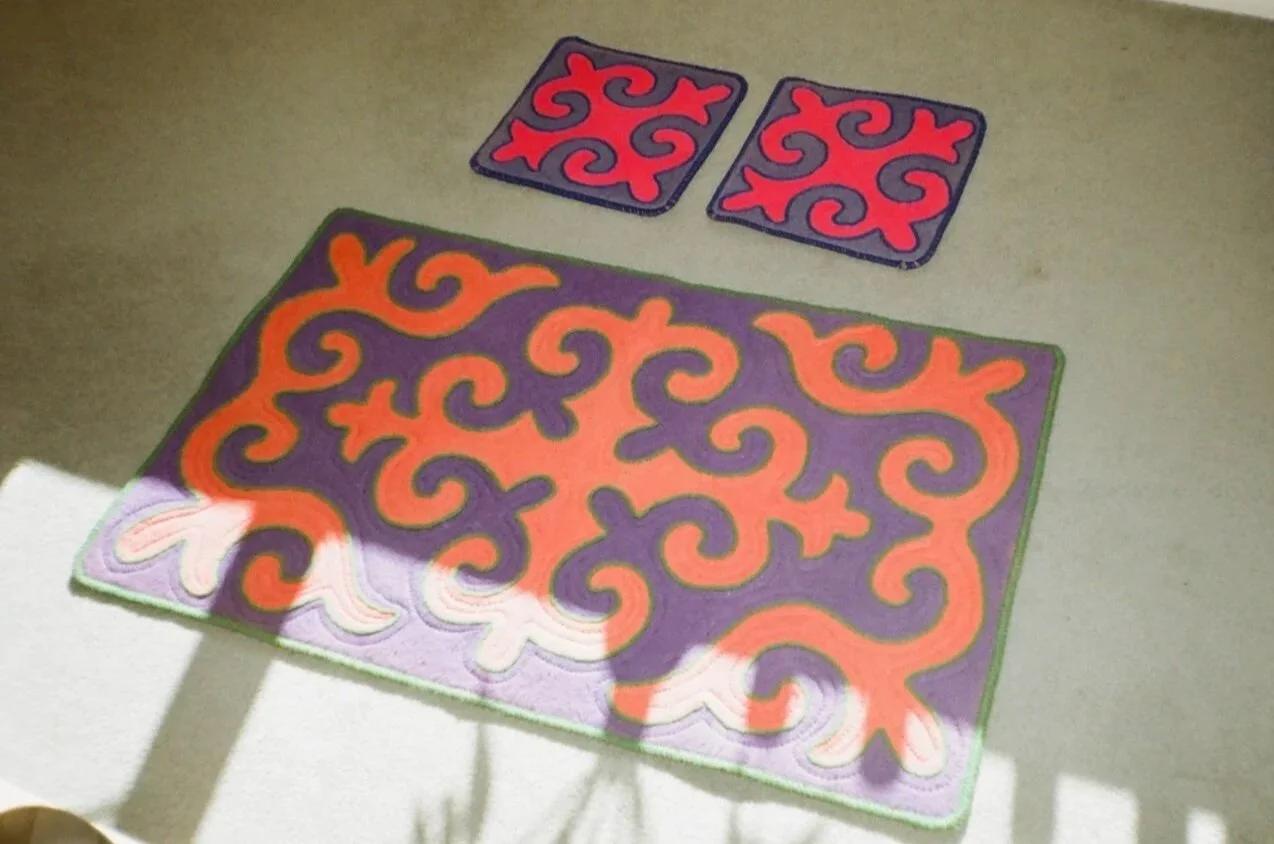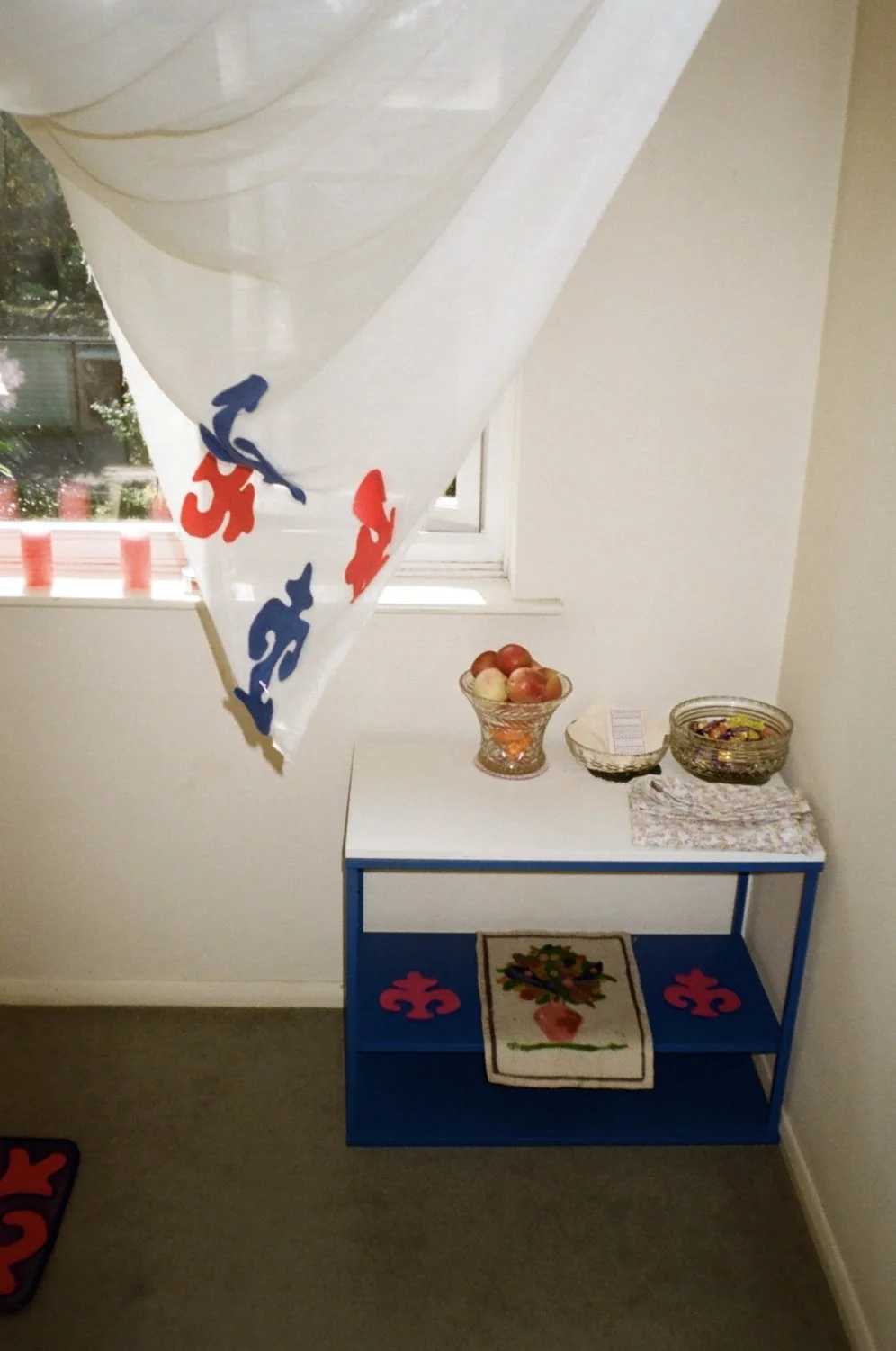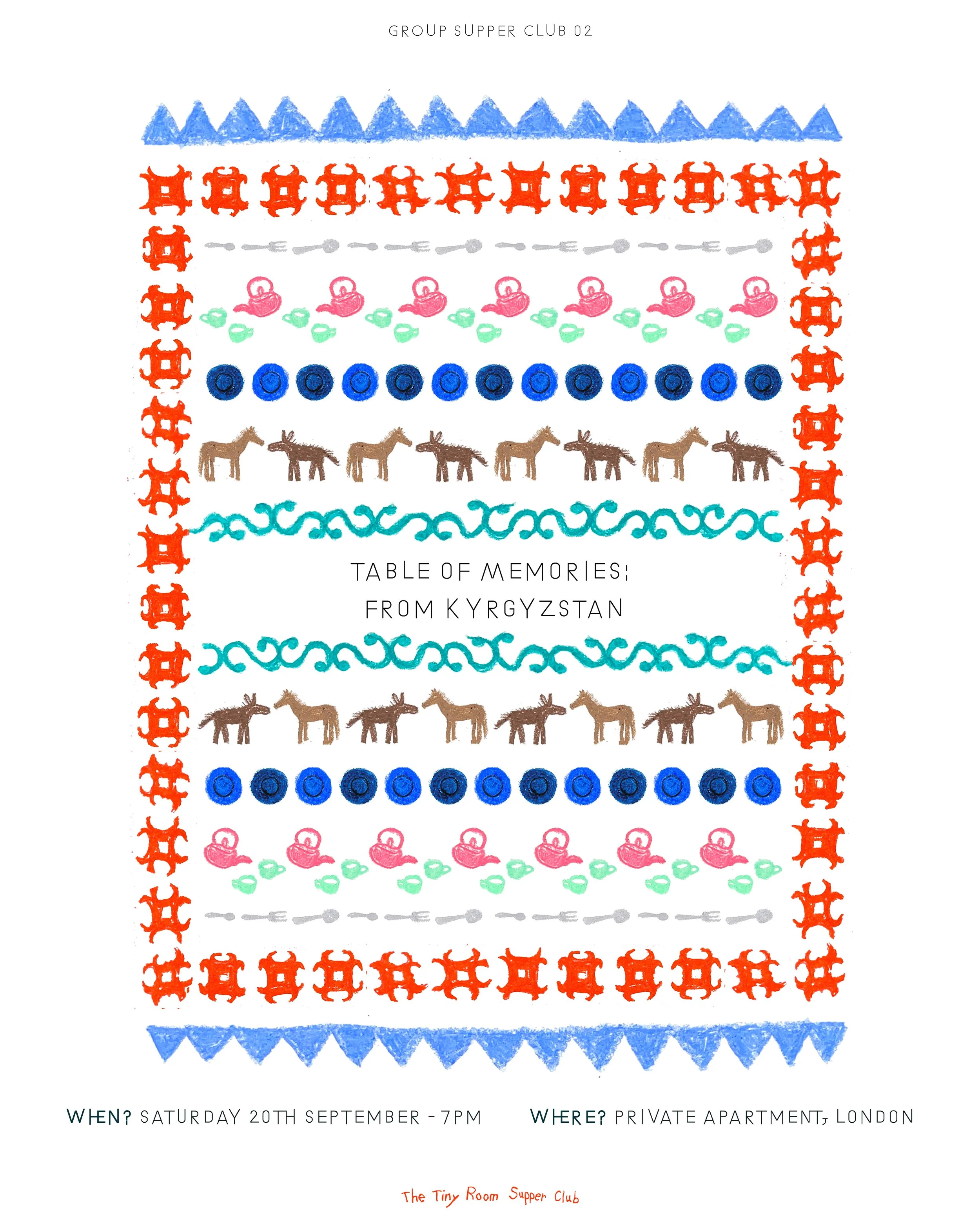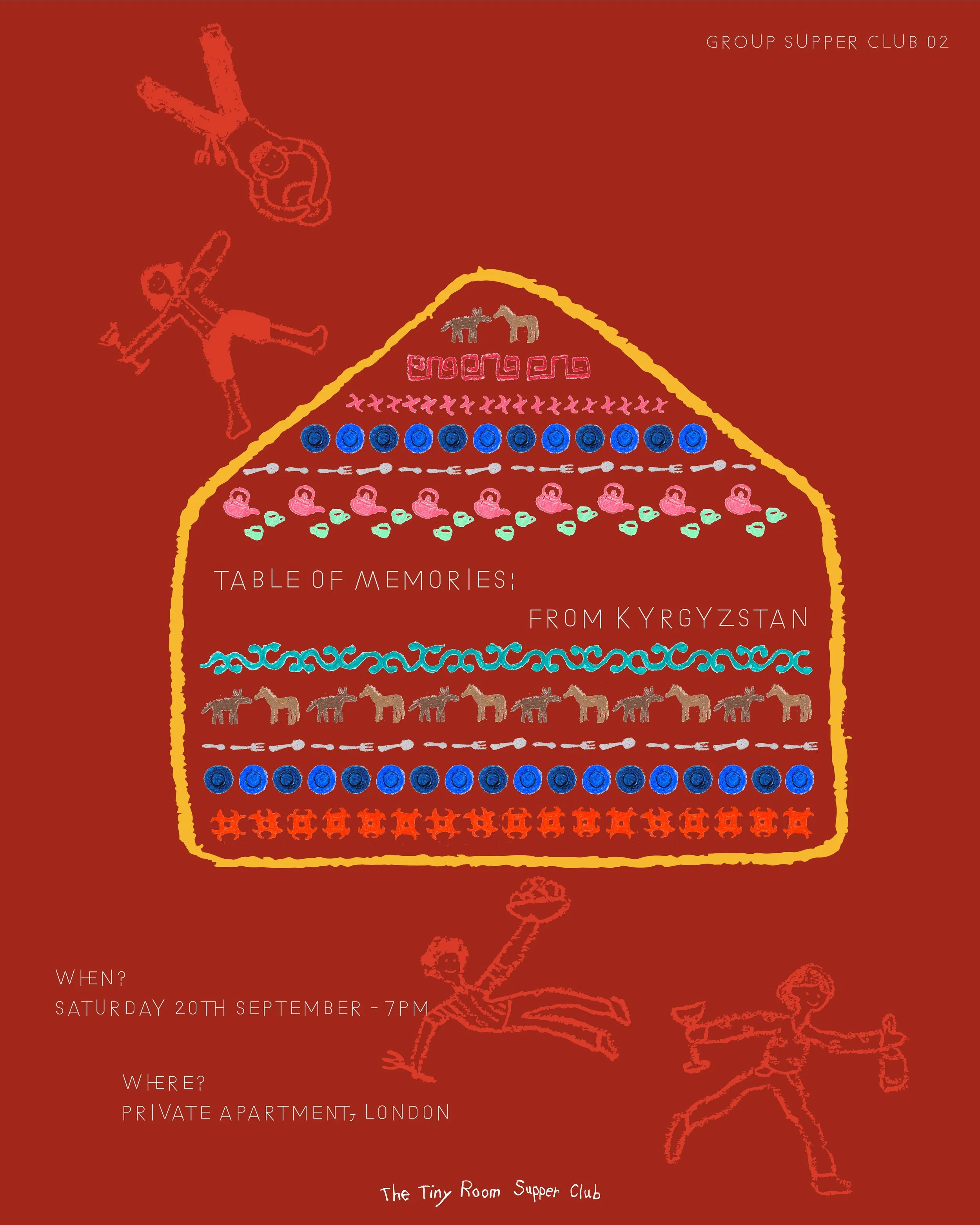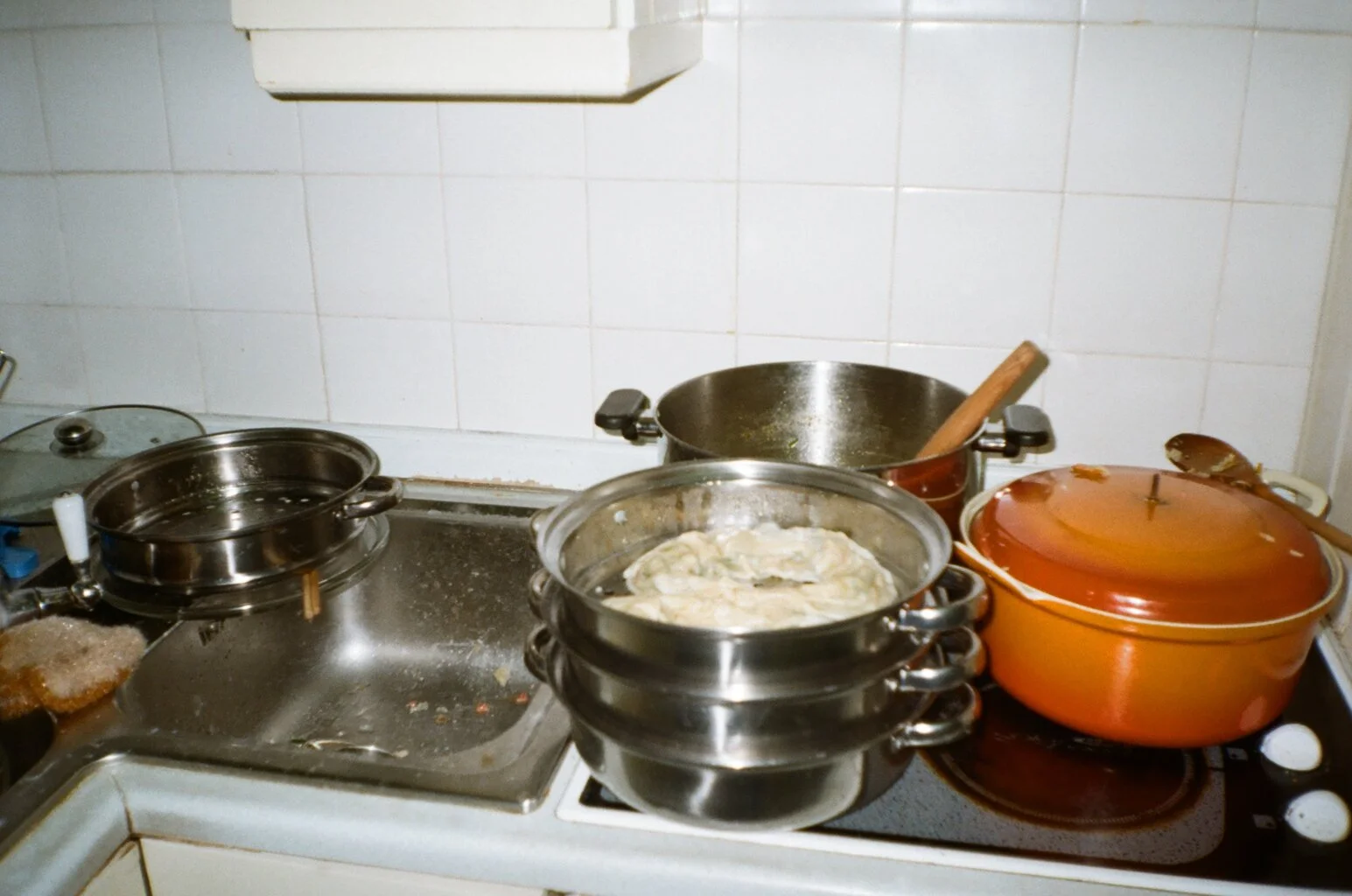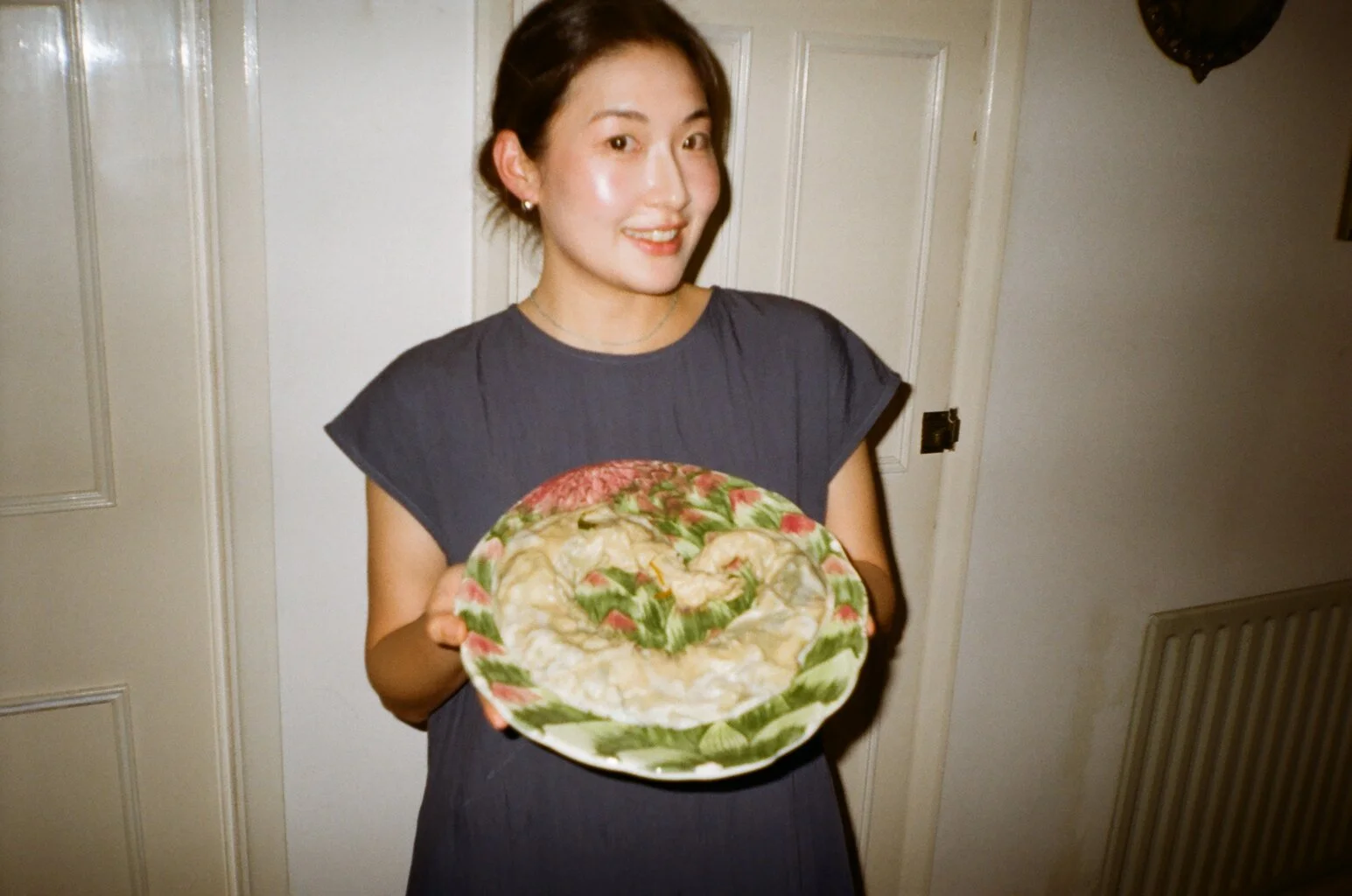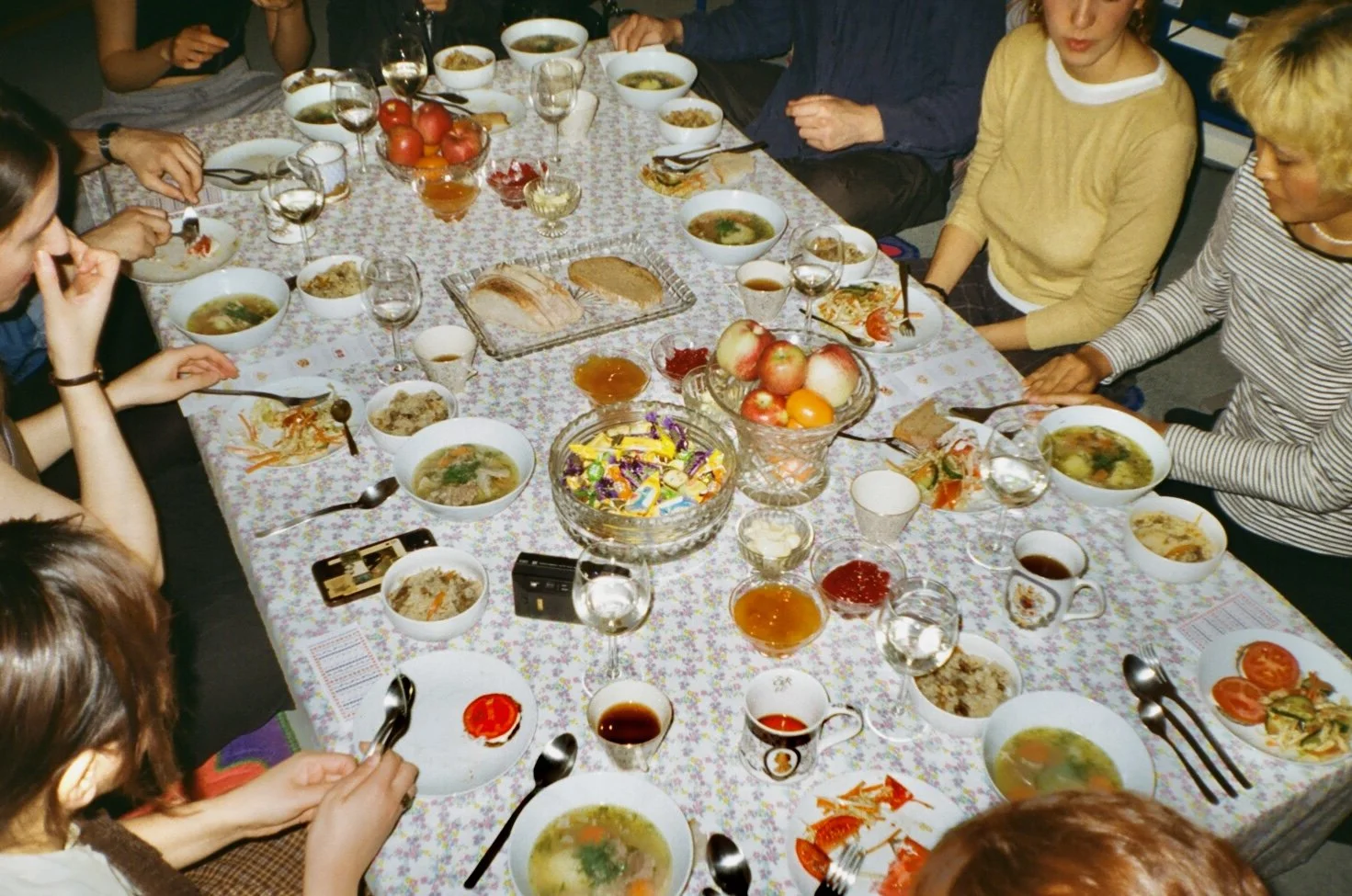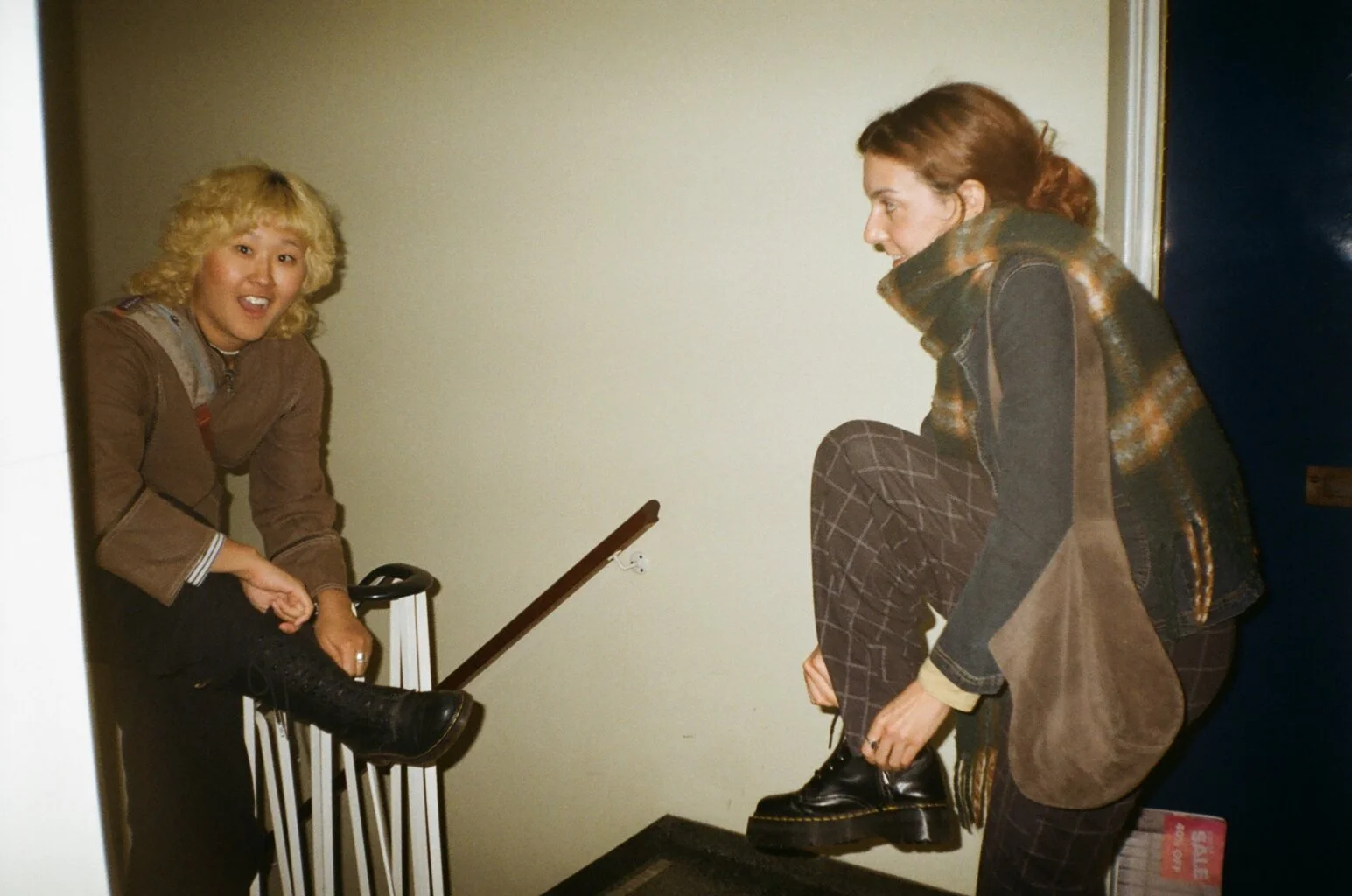table of memories: From kyrgyzstan
This project began with memories from Kyrgyzstan — moments of warmth and care that I wanted to hold onto — and grew into a night shared with others.
These four chapters follow that journey — from remembering to making, sharing, and, finally, reflecting.
I.the memory - why Kyrgyzstan?
I first heard about Kyrgyzstan across a small supper table in London last year.
The fourth 1:1 guest of The Tiny Room Supper Club was Nick — my partner and a documentary filmmaker. Over dinner, he shared vivid stories from his time in Kyrgyzstan, where he had traveled to film a documentary inspired by the country’s enduring nomadic culture.
He came back completely captivated — by the people, the landscapes, the quiet rhythm of life — and with a wish to share that experience with others. That wish soon took form as a horseback-riding tour he planned to host the following summer.
As part of that plan, he asked if I would join him — as his assistant and as a fellow traveler. After some thought, I said yes.
And that’s how my two-month journey in Kyrgyzstan began.
•
•
•
Those two months weren’t spent in just one place, or lived at just one pace.
There were long rides on horseback through silent valleys, where the only sounds were hoofbeats and wind.
There were market stalls overflowing with fruits and vegetables, wool carpets, and spices and sun-dried herbs.
There were afternoons inside yurts, shaded from the heat, where strangers shared tea and silence.
There were days of movement and days of stillness — of feeling like a guest, and slowly becoming something else.
All of it — every gesture, every shared meal, every winding road — stayed with me.
And from it all, one place stayed with me most.
•
•
•
During his earlier trip, Nick had formed a close bond with a family in a small village in central Kyrgyzstan. They treated him like a son and a brother, and when we arrived the following summer, their home became ours too.
We settled into life with Bubujan (the mother), Dastan (the father), and their daughter Sabira. In this quiet village, there were no restaurants or shops nearby, so nearly every meal was made at home — and almost all of them by Bubujan.
But this was no ordinary kitchen.
Her sister-in-law Aijan and her husband Askar ran a horseback-riding tour and often brought travelers to stay and eat at the house, so Bubujan’s table was rarely quiet and her small kitchen was always alive.
With the most basic tools, she prepared generous meals for ten or more people — sometimes three times a day. Every dish came with her soft “Enjoy,” every compliment with a shy smile. I watched her feed not just bodies, but hearts. The kitchen became a space of quiet hospitality and unspoken connection.
In time, Nick and I began to help — not as guests, but as part of the household. We laid out cutlery, filled teacups, washed dishes so she could rest. We welcomed travelers together.
Slowly, we weren’t just staying in their home.
We truly became family.
•
•
•
Watching Bubujan cook each day, I began to wonder what kind of relationship she had with cooking.
She told me she started when she was just nine, living with her grandparents while her parents were away. Her first shorpo didn’t go well, but her grandparents’ gentle encouragement stayed with her. As the eldest of five, she naturally grew into the role of caretaker, and cooking became part of that gentle duty. Since then, feeding others has been at the center of her life — her family, her neighbors, and the travelers who passed through her home.
One afternoon, as we prepared oromo together, she asked if I would make it back home. I told her maybe — and that I’d been hosting small suppers in London. It was the first time I shared the idea of cooking Kyrgyz food for others.
She smiled and said she wished she could try new recipes too, but ingredients in her village were limited, and her kitchen often too small for experiments. Yet even with those limits, her food held so much care.
In that shared moment — two women cooking side by side, our stories and intentions slowly unfolding — we understood each other.
When I returned to London, the memories from Kyrgyzstan — so vivid and overflowing at first — began to fade.
I wanted to hold onto them somehow, to keep them close.
Friends would ask, “How was the trip?” and I never knew where to begin.
There were too many stories, too many small moments — all layered and still settling inside me.
So I began to imagine a table where those memories could live again.
“Table of Memories: From Kyrgyzstan” became my way to revisit that feeling, and to say thank you — an homage to the warmth and generosity we received in Kyrgyzstan.
II.the making - shaping the Experience
••• menu •••
Bubujan and I stayed in touch after I left Kyrgyzstan.
Through video calls and text messages, she guided me as I tested her recipes in my London kitchen — showing me how to fold the dough, how long to wait before stirring, when to trust my hands.
Each dish carried her rhythm: simple ingredients, slow patience, generous spirit.
Together, we shaped a menu that tasted like home and memory at once.
In Kyrgyz homes, meals arrive all at once — salads, breads, mains, and sweets gathered on a single table to be shared.
I wanted to keep that spirit of generosity, to let everything coexist.
The dishes I chose were ones I had first tasted in Bubujan’s kitchen, each different in form but connected in feeling — shorpo, a clear soup full of depth; oromo, steamed dough rolled with vegetables; and plov, a fragrant pilaf cooked slowly in broth and spice.
In the days leading up to the supper, I made jars of apricot and raspberry jam and unpacked sweets we’d brought back from Kyrgyzstan — small gestures of preparation that carried those memories into the night to come.
•
•
•
••• Space •••
I wanted the room to carry the feeling of Kyrgyzstan.
We built a ceiling from layers of cloth, diffusing the light like inside a yurt, and made a curtain for the entrance so guests could feel they were stepping into another space.
Wool carpets spread across the floor, and a vintage saddle we found at a market in Kyrgyzstan rested in one corner, carrying its own history.
In the middle of preparing, Nick and I spent hours cutting felt into Kyrgyz patterns and attaching them to fabric and furniture.
Those small gestures gave the space its rhythm, softening the lines and filling it with color and care.
As the pieces came together, the room began to change.
The air felt softer, the light slower.
It was no longer just a London flat — it was a space that held memory.
•
•
•
••• table •••
The table sat low to the ground so everyone could gather close.
I wanted it to feel informal and open — like sitting inside someone’s memory rather than a dining room.
Every home I visited in Kyrgyzstan had a floral tablecloth — bright, a little kitsch, full of life.
When I found a similar fabric in a London shop, I knew it had to be part of this table.
Each piece was chosen with care: mismatched teacups, the most basic cutlery, simple plates and bowls.
The color came naturally — from the jam, the fruit, the Kyrgyz sweets.
Nothing was perfect, but together they belonged.
•
•
•
••• design •••
The visual identity of Table of Memories: From Kyrgyzstan was created with my sister Yul, who is a designer.
She had travelled to Kyrgyzstan with me, so her understanding of the place — its colors, its rhythm, its generosity — was already deep.
The posters she designed looked, at first glance, like a carpet.
But if you looked closely, the patterns were made of small symbols — yurts, horses, teapots, plates, forks, and Kyrgyz motifs — each one representing a fragment of my memories.
It became, quite literally, a table of memories.
For the menu card, I asked her to draw each dish by hand, using soft colors and simple lines.
I wanted guests to see the drawings beside their plates and feel the connection between them.
The hand-drawn lines felt slow, imperfect, and warm — just like the meal itself.

III.the sharing - around the table
After weeks of preparation, this was the moment when everything came together — when food, space, and people finally met around the table.
•
•
•
•
•
•
IV.reflections - after the gathering
••• from the guests•••
When the night ended, the memories didn’t.
A few days later, messages arrived — quiet echoes of the evening, written by guests who had shared the table.
Their words carried warmth, gratitude, and the traces of their own stories.
-
Dear Sol,
Thank you so much for the Table of Memories supper club!! I've been thinking about it these past few days and trying to formulate my thoughts, so here goes:
(Perhaps because I know you) It was my first ever supper club and I instantly felt at ease. I wasn't sure what to expect, but from the moment you welcomed me into your home, it was like I was transported to Kyrgyzstan.
Thinking about it, the films, music, art and literature I love most have a clear sense of time and place -something that I didn't really apply to food until your supper club. It was so special to hear about your (and Nick's) experiences and your own recognition of time and place in the Kyrgyz context, through the people you met and the cuisine you learned to cook. It made me want to try different kinds of holiday experiences and to be more open-minded towards different ways of life.
I really appreciated your curiosity and how that informed your choices in making this particular supper club happen. The food was so delicious and cosy, and I loved the all-at-once approach to the dishes, I felt the hospitality of Bubujan through you and Nick's generosity in sharing this special occasion. It was also lovely to get to know the other guests and to share the table with them all.
Thank you Sol - I am so grateful!
With all my love,
Maddy xx
PS: The decoration was immaculate! You are a star ✭
-
I think your event will have a positive impact on everyone. No matter where the inspiration comes from, it goes against the current context in a good way.
Thank you for creating an opportunity for new stories to be made — because we are face to face, not on social media.
All the food was amazing, inspiring, and gave me new knowledge.
I wish more people knew about this initiative.Thank you for inviting me!
••• to close •••
Recreating Bubujan’s food taught me that Kyrgyz dishes are simple in their ingredients but rich in what they hold — time, patience, and care.
Each recipe carried the rhythm of hands that had repeated the same gestures for decades.
I realized that storytelling was essential — without the story, the food might appear humble, but with it, every dish revealed its depth.
One guest later told me that the supper felt nostalgic.
Her former partner was Mongolian, and she said the flavors reminded her of his mother’s cooking — something she hadn’t tasted, or even remembered, in years.
It was moving to see how sharing my own memories could awaken someone else’s — how a taste or smell could bring back a piece of their past.
As I tried to recreate the hospitality I had received in Kyrgyzstan, I felt deeply connected to Bubujan.
Even though she wasn’t there, her presence filled the kitchen — in every recipe and every movement.
After the event, I sent her photos and a short message:
“Thank you so much for helping me with the recipes, and most of all, for giving me the inspiration to create this beautiful evening.
I was thinking of you the whole day — while cooking, serving, and speaking to people about my time in Kyrgyzstan.”
She replied with such warmth and pride, saying how happy she was to see the food shared and remembered.
Reading her words, I felt the circle complete — as if the table had quietly stretched from London back to her kitchen.
After the guests left, I sat in the quiet room and felt the sudden calm after so many busy weeks of preparation.
More than a month of work had passed in a single evening, and I suddenly felt like someone standing alone on an empty stage.
Nick looked at me and said, “Sol, the reason it feels so precious is because it’s fleeting.”
He was right.
It was a moment that passed — but within that briefness, time felt dense, full, and alive.
I began this event as a way to hold onto my own precious memories.
But in creating it, those memories grew — they became new ones, shared with others and carried into their stories too.
It was a beautiful circle of remembering together.
To everyone who made this table possible — thank you for turning my memory into ours.



